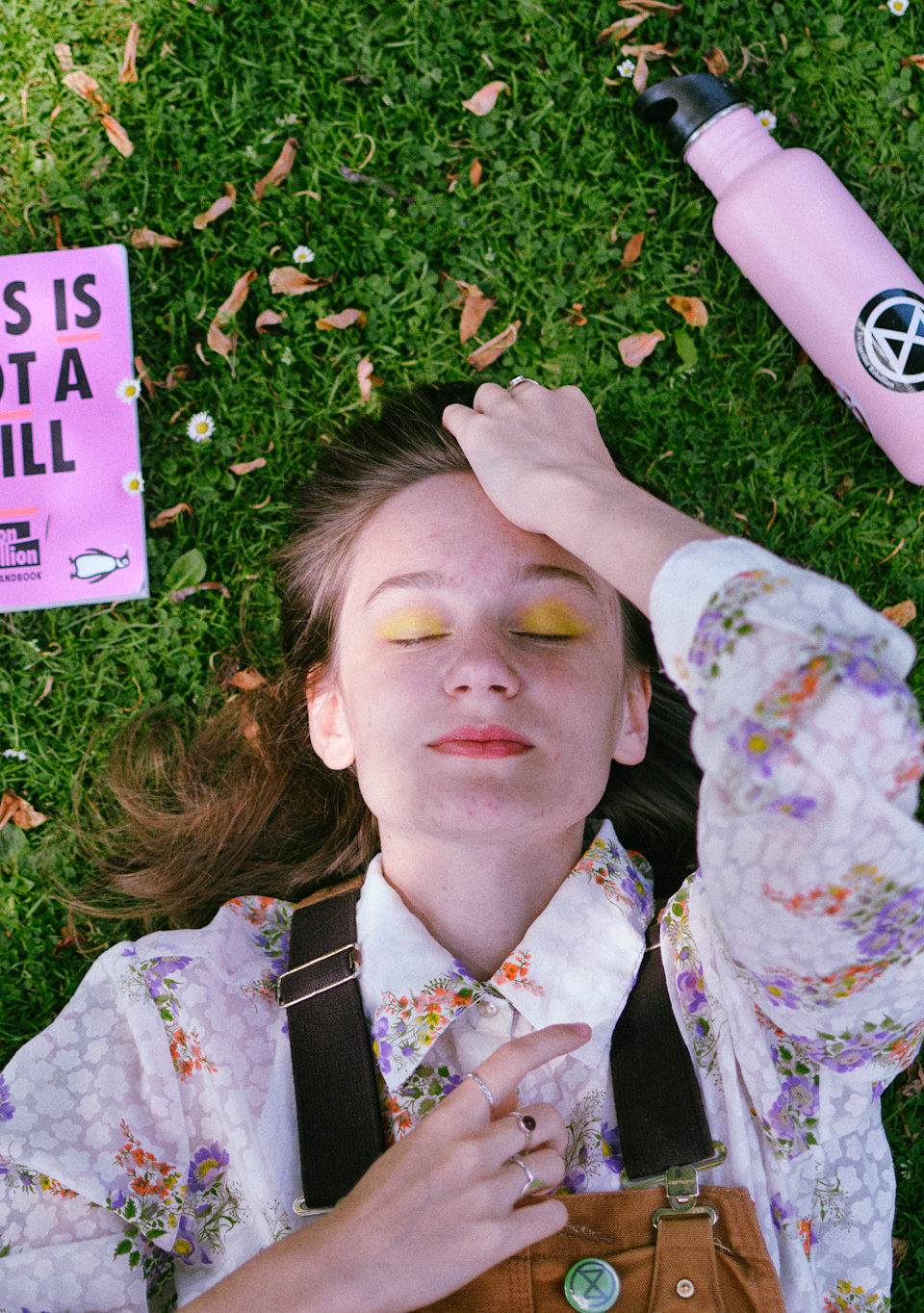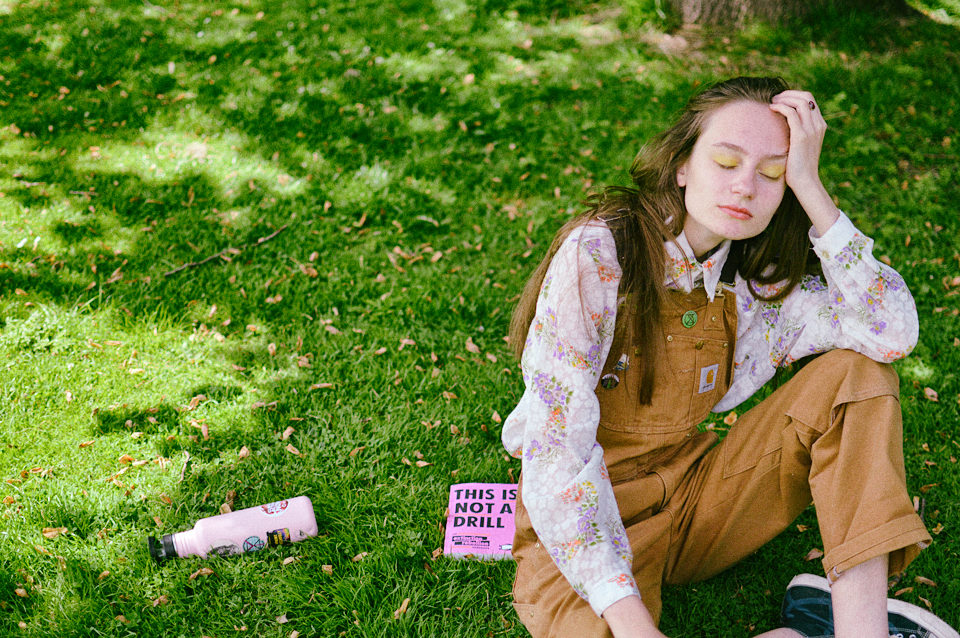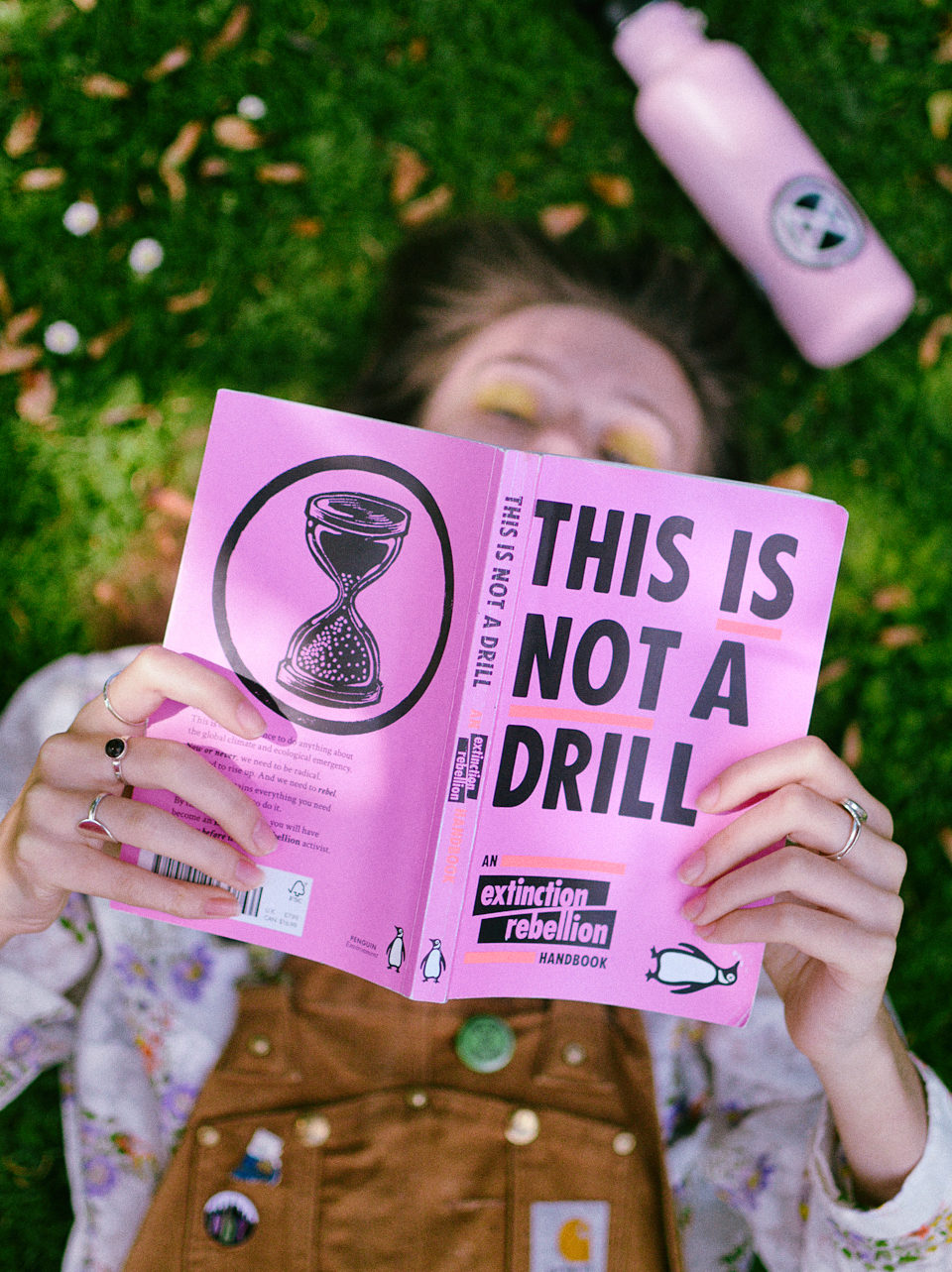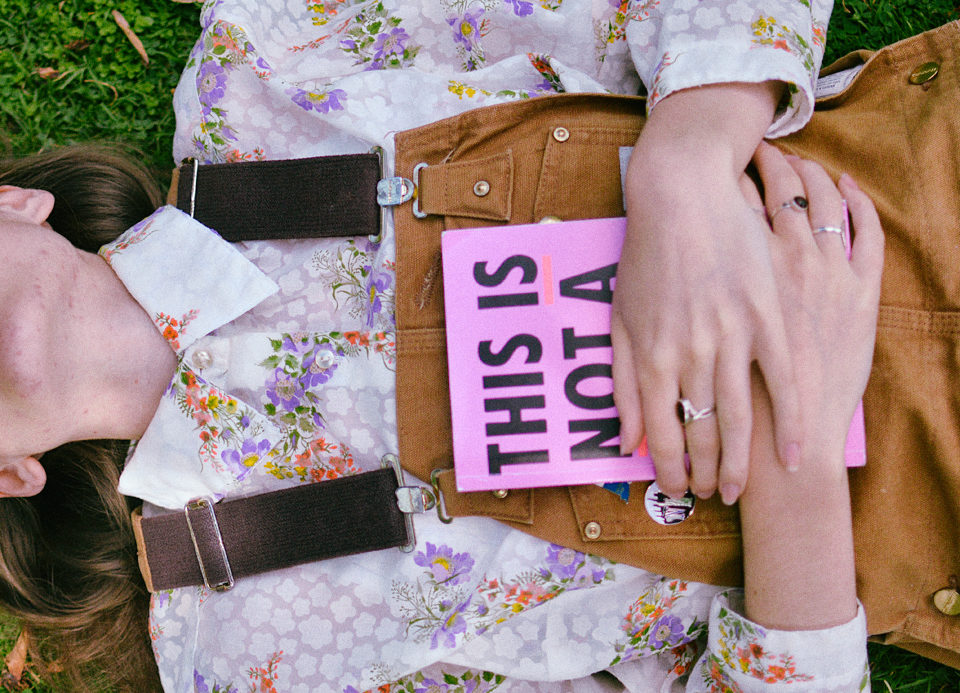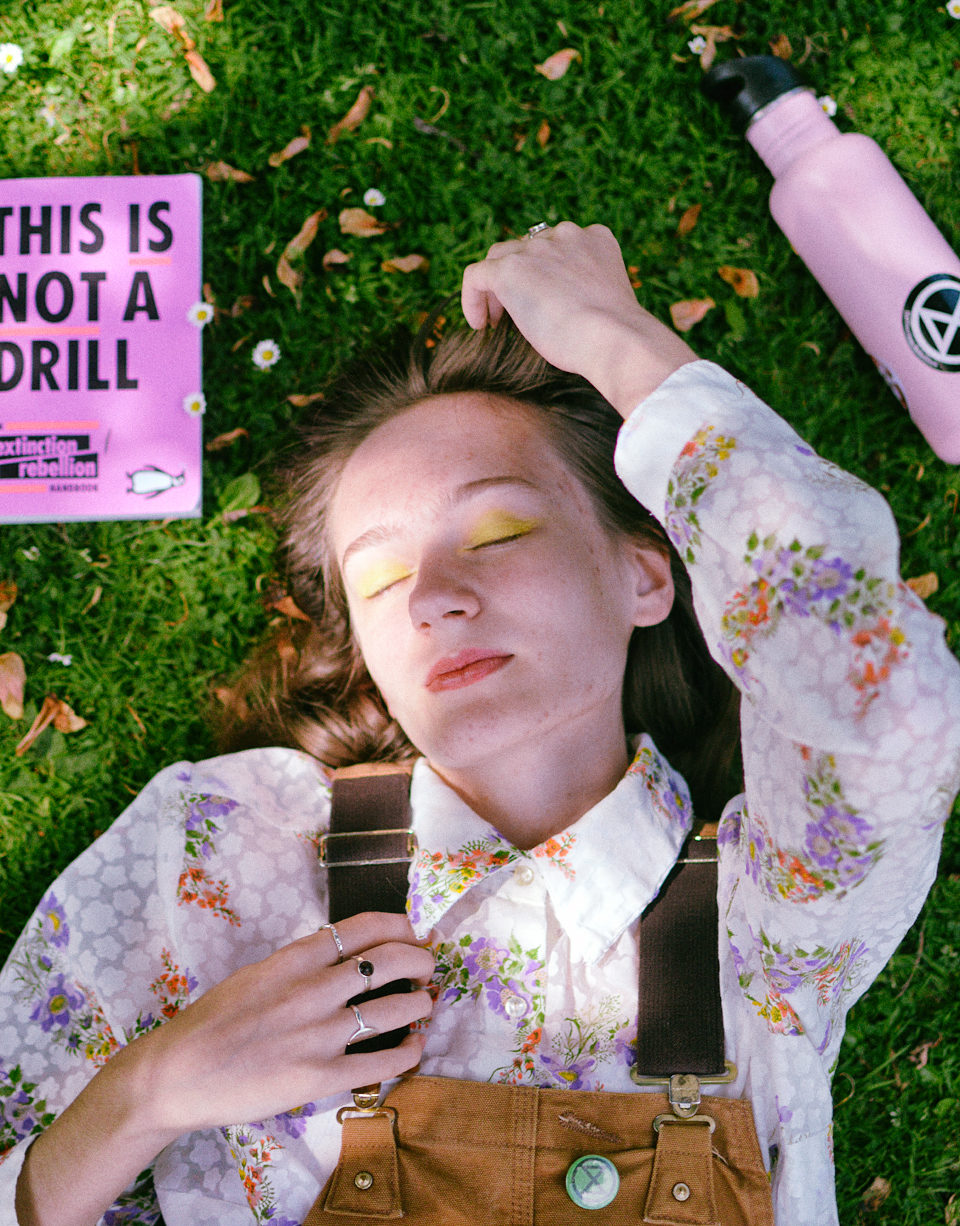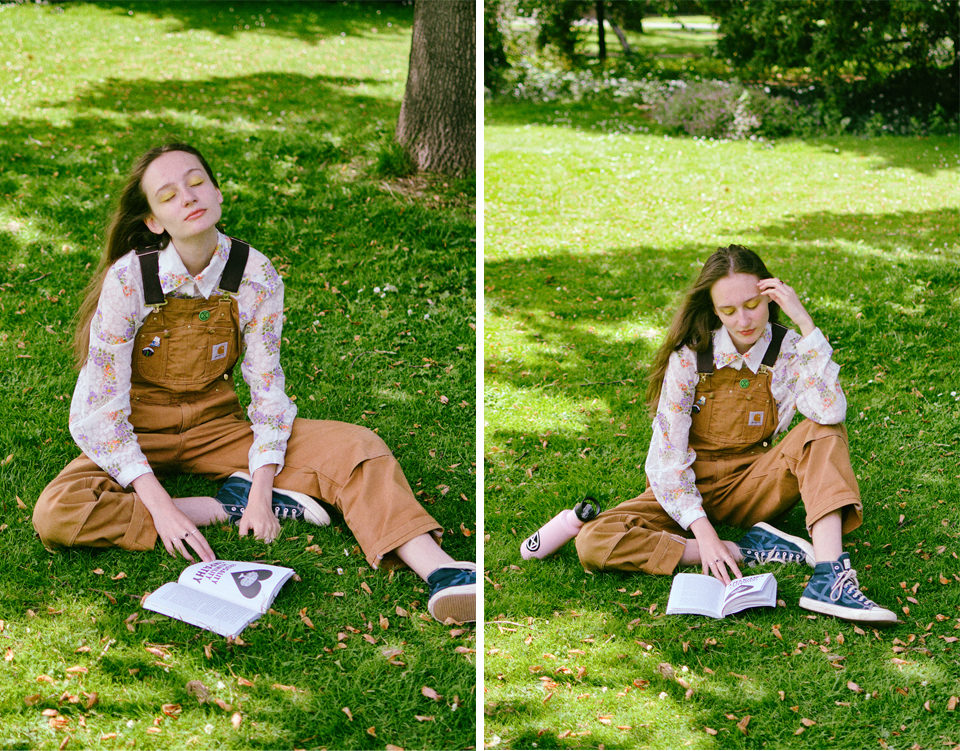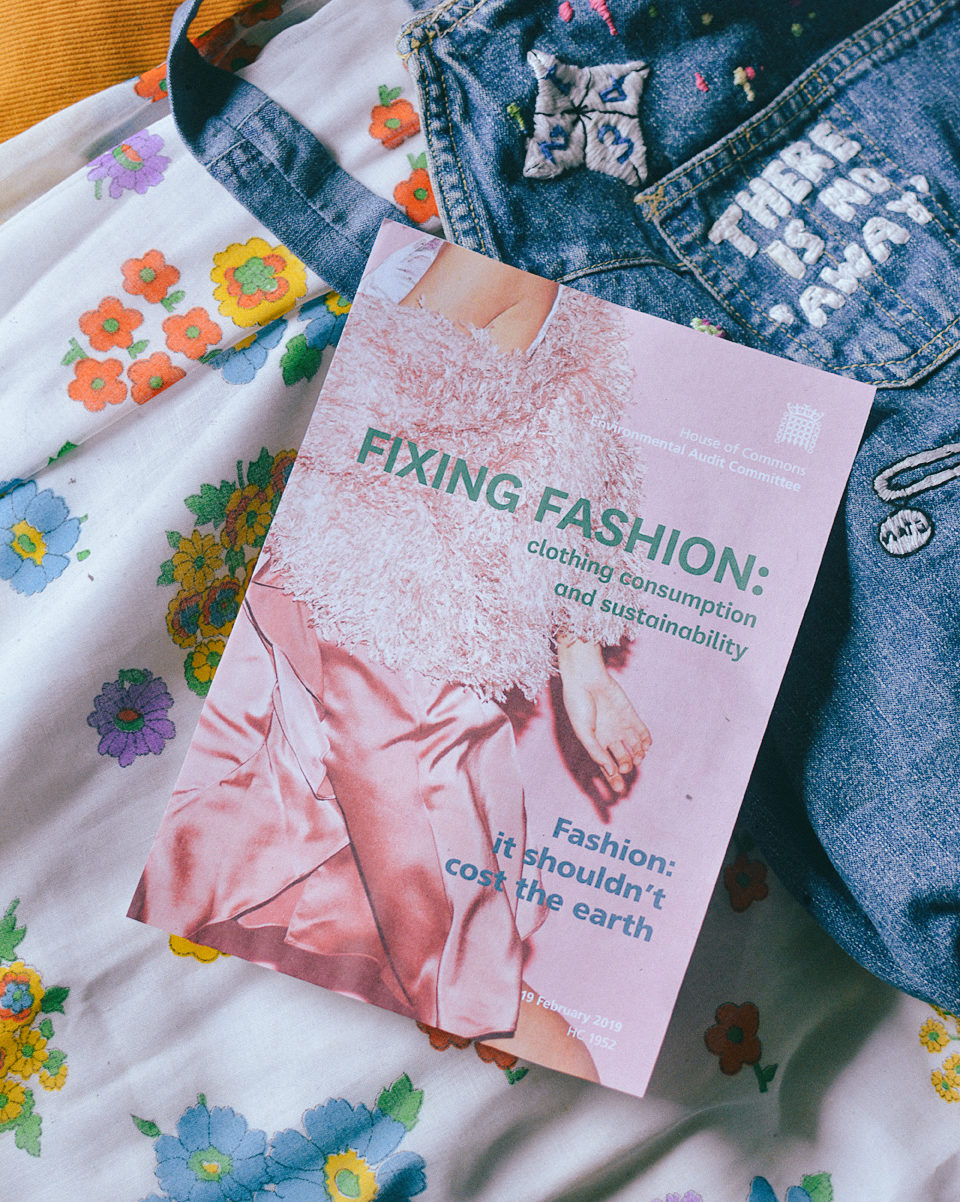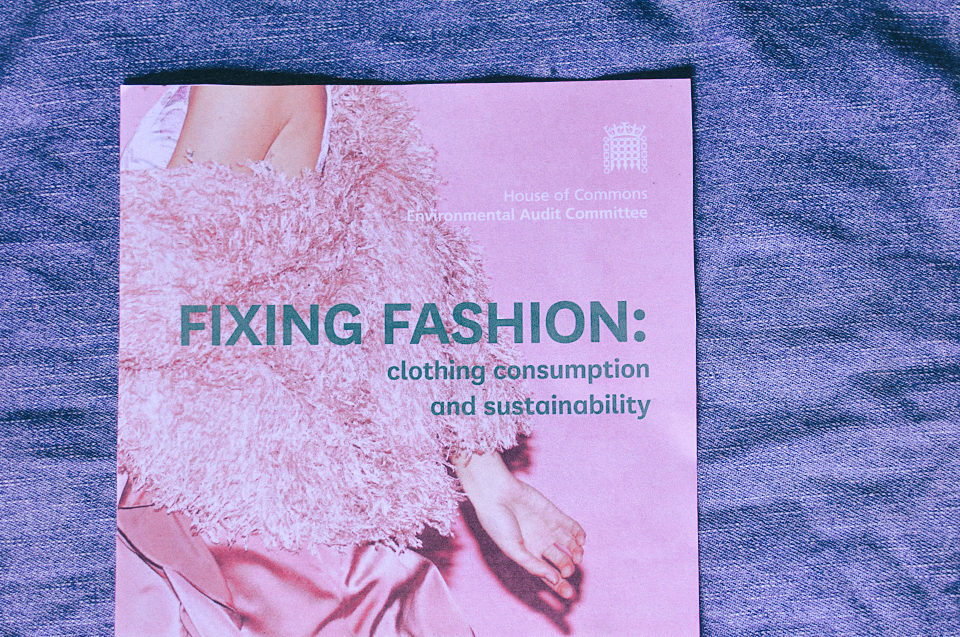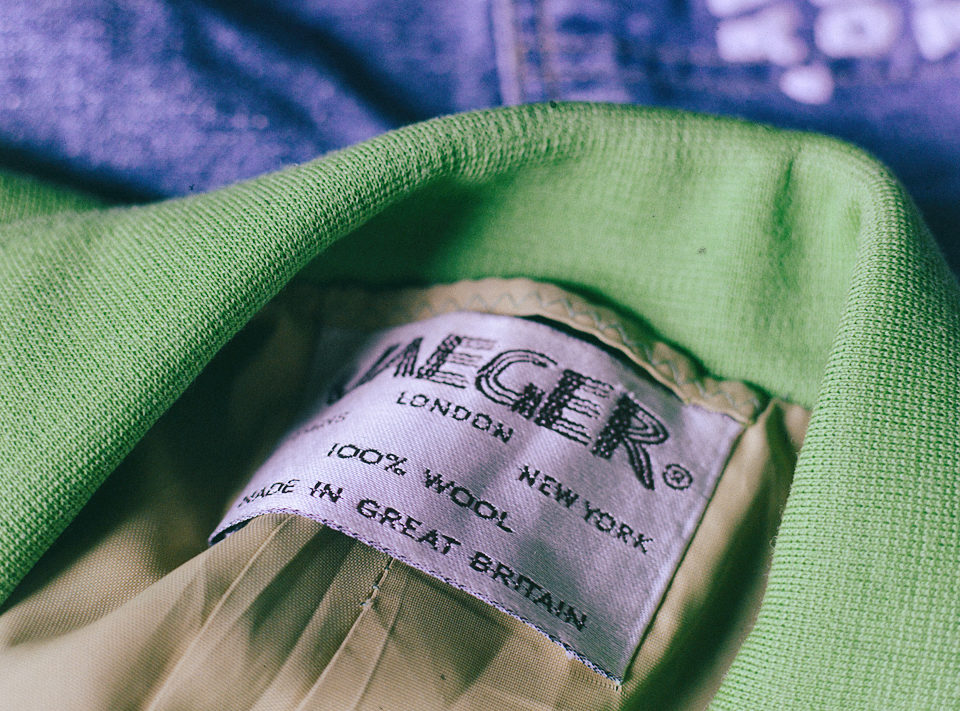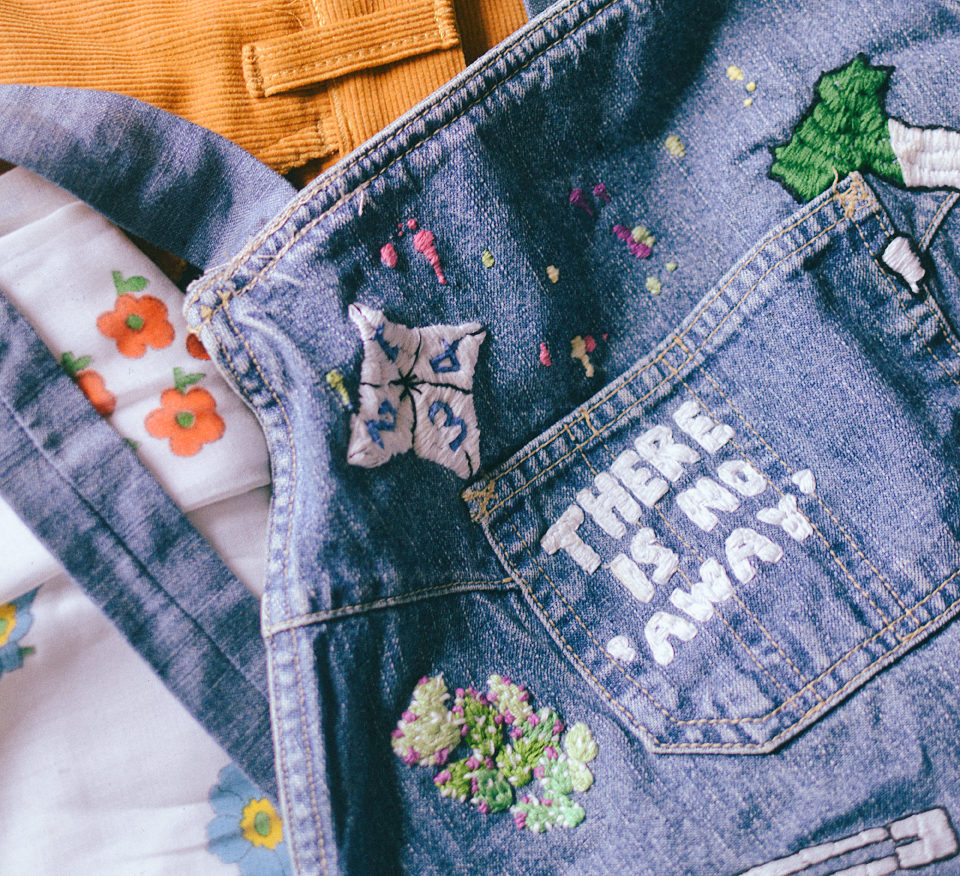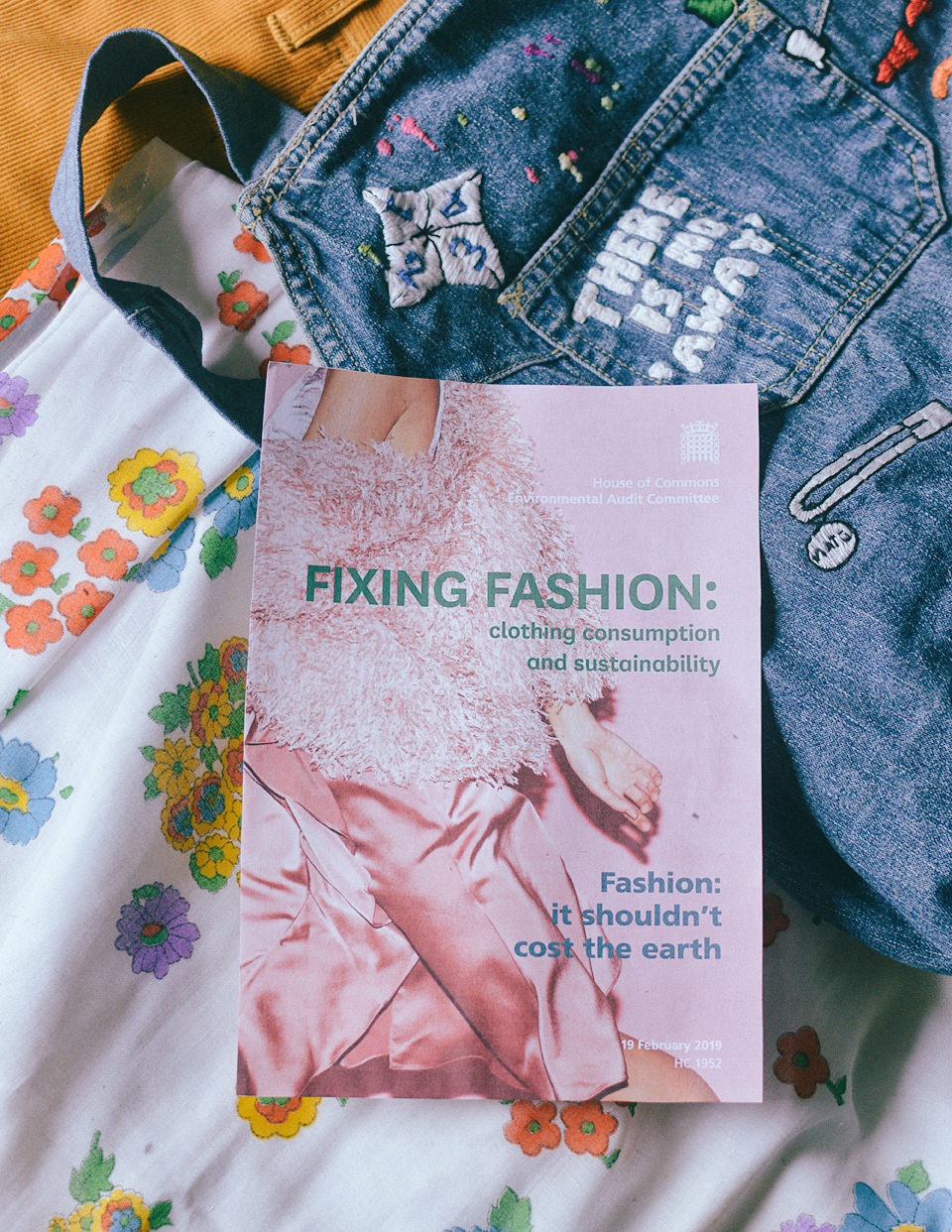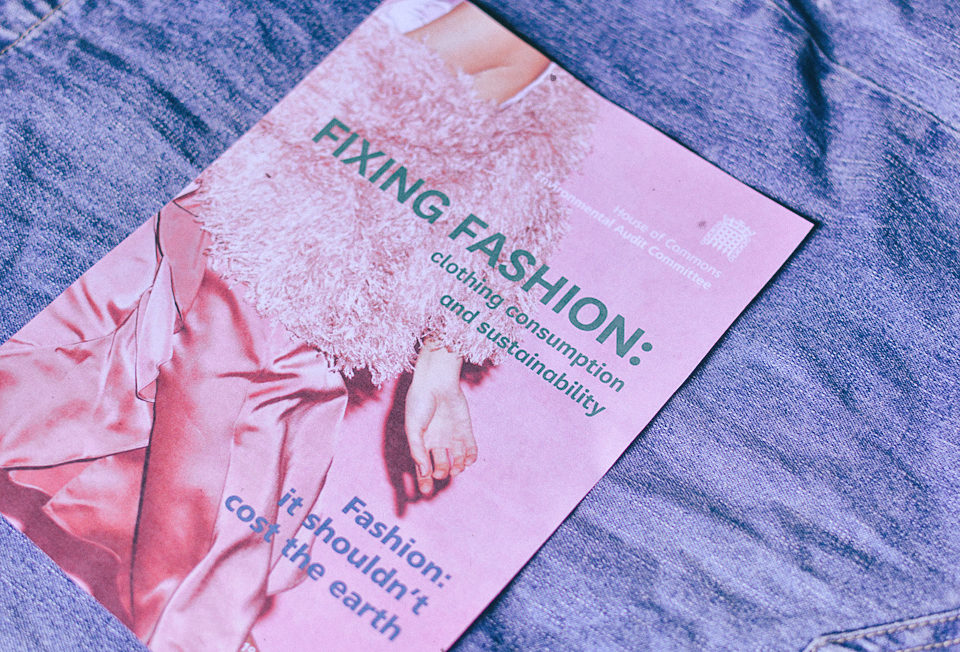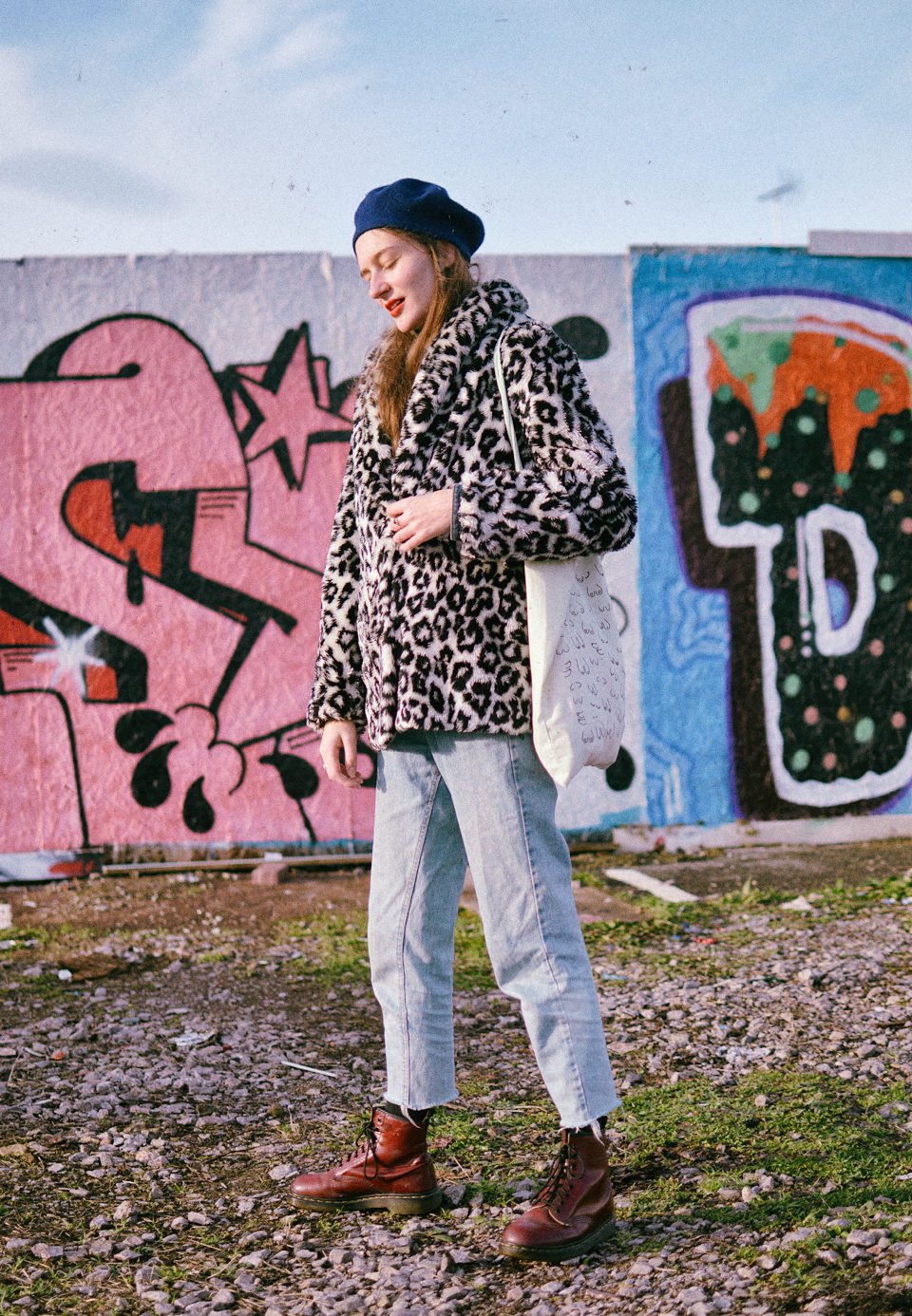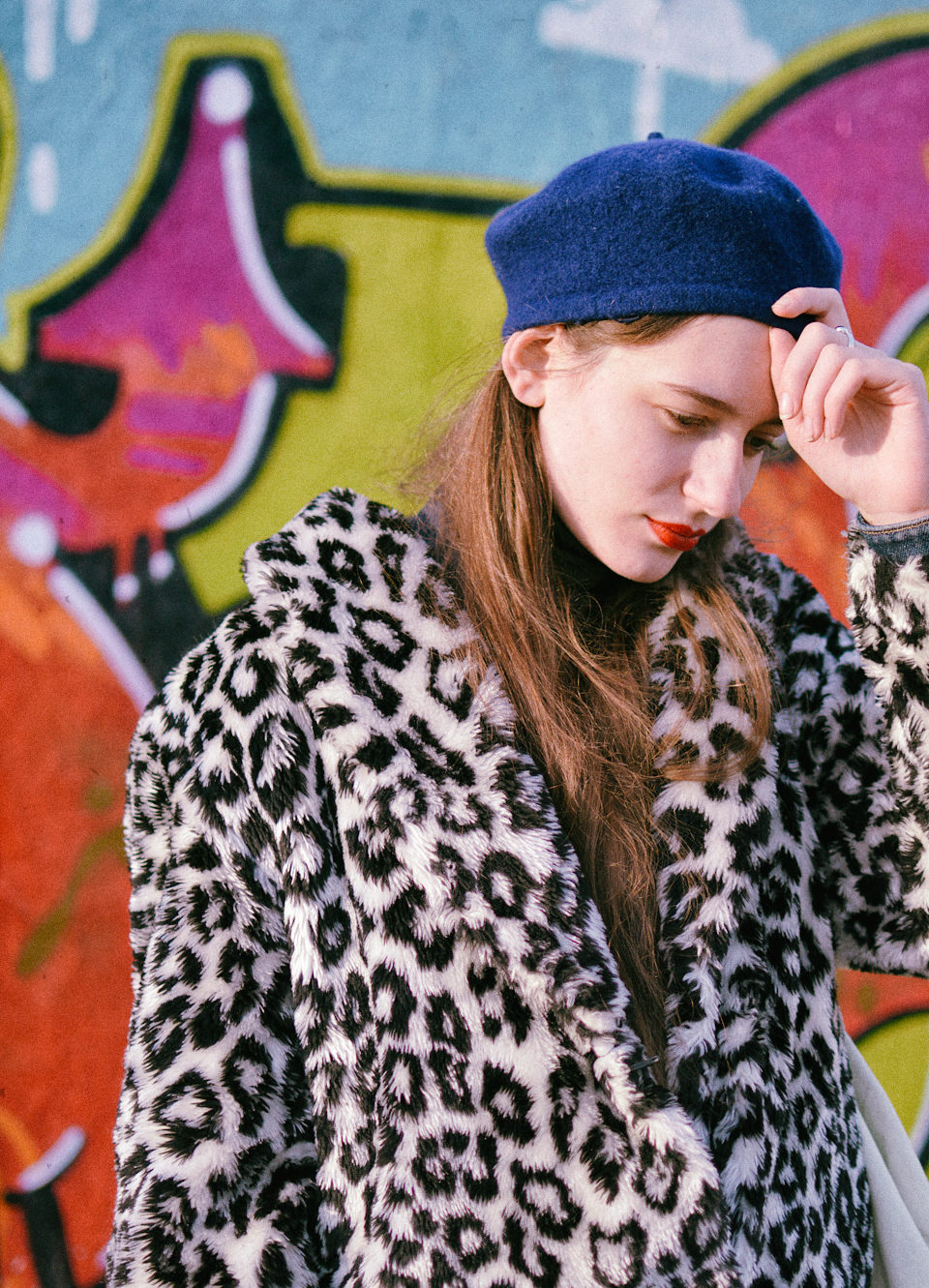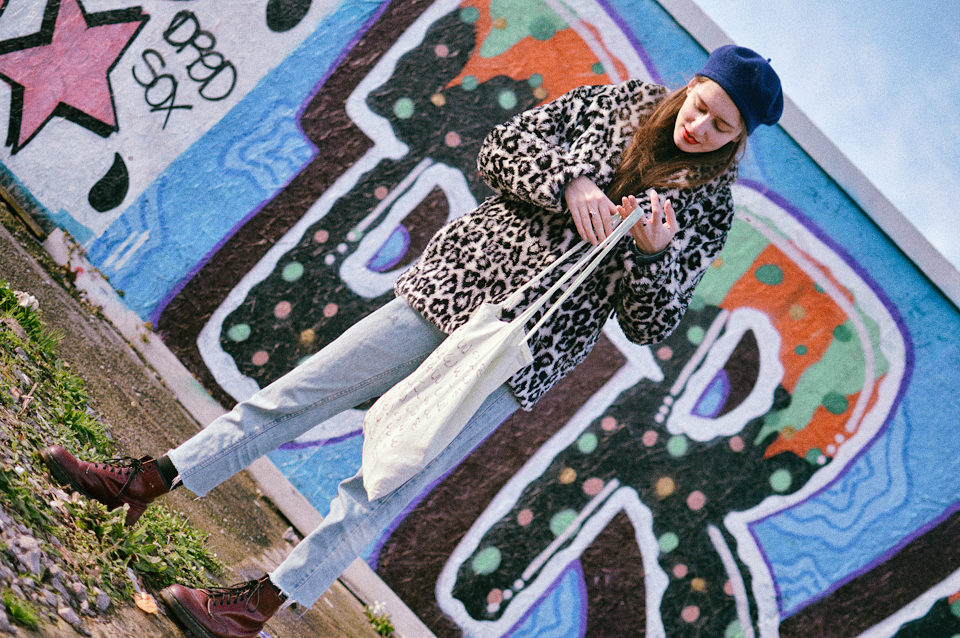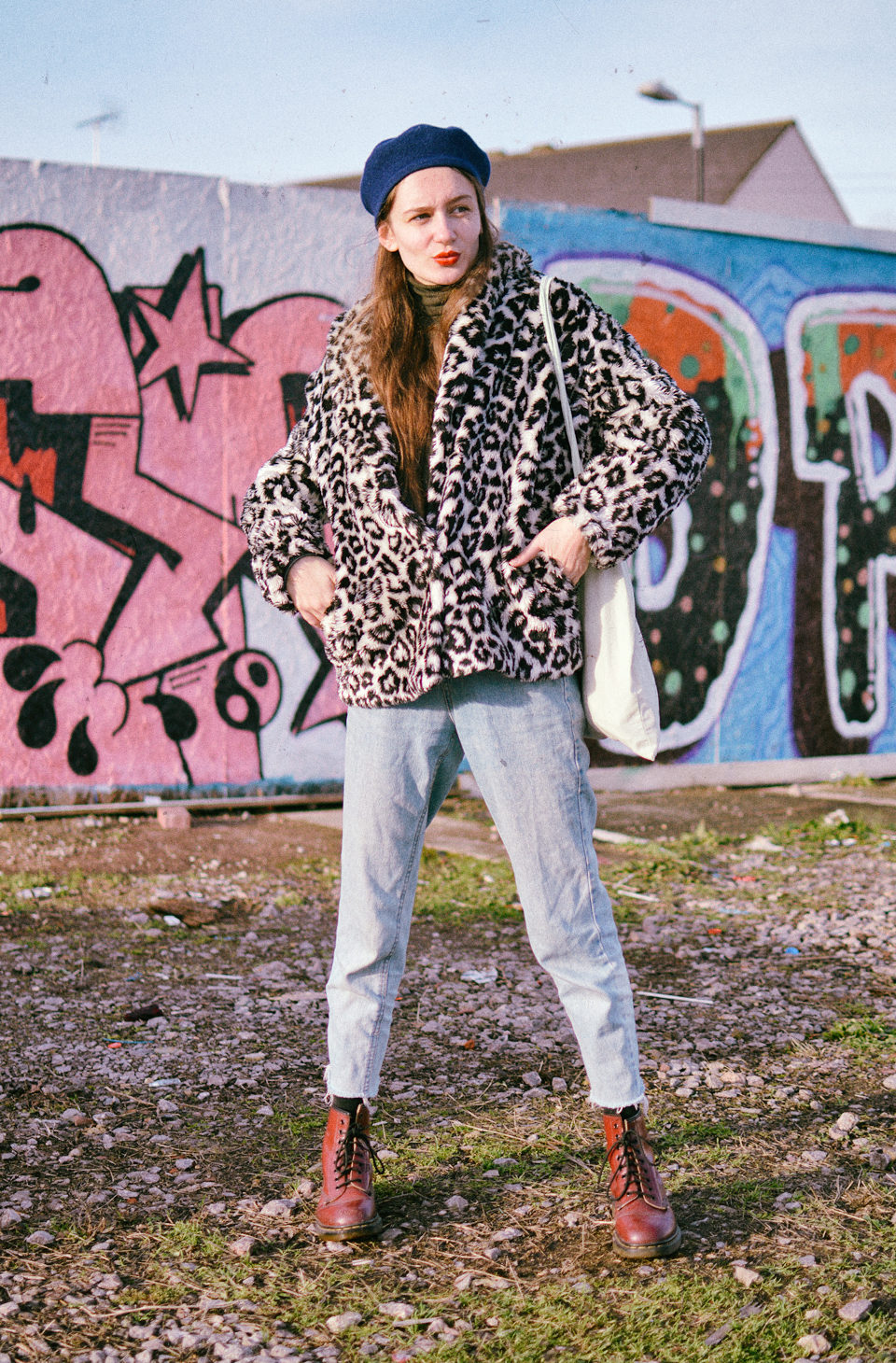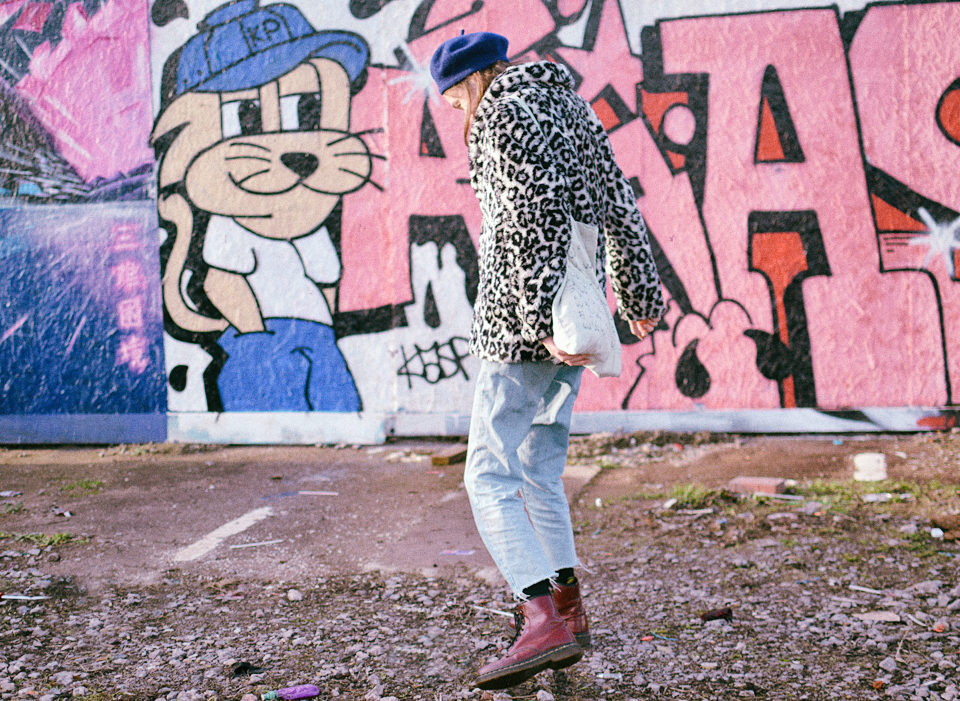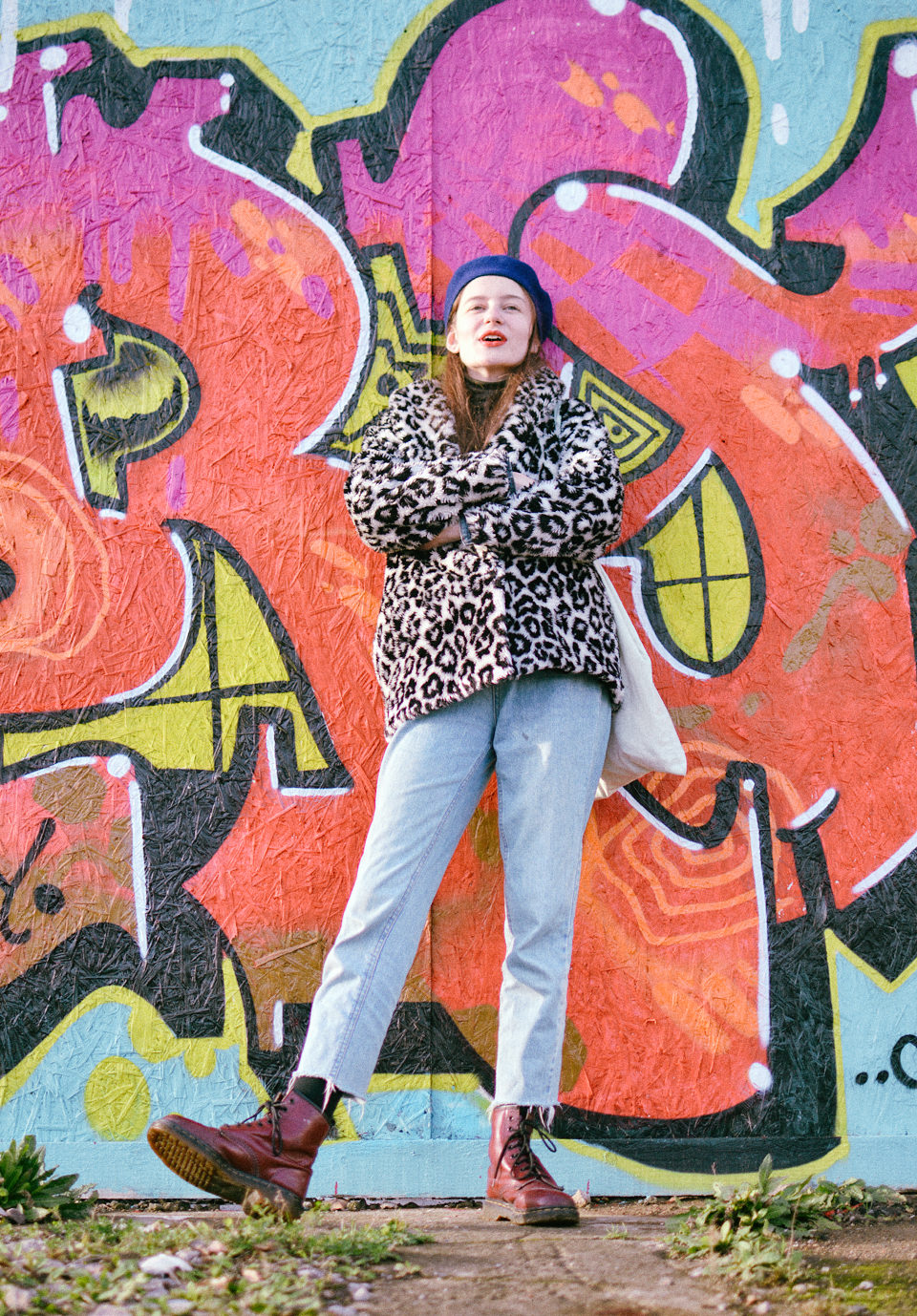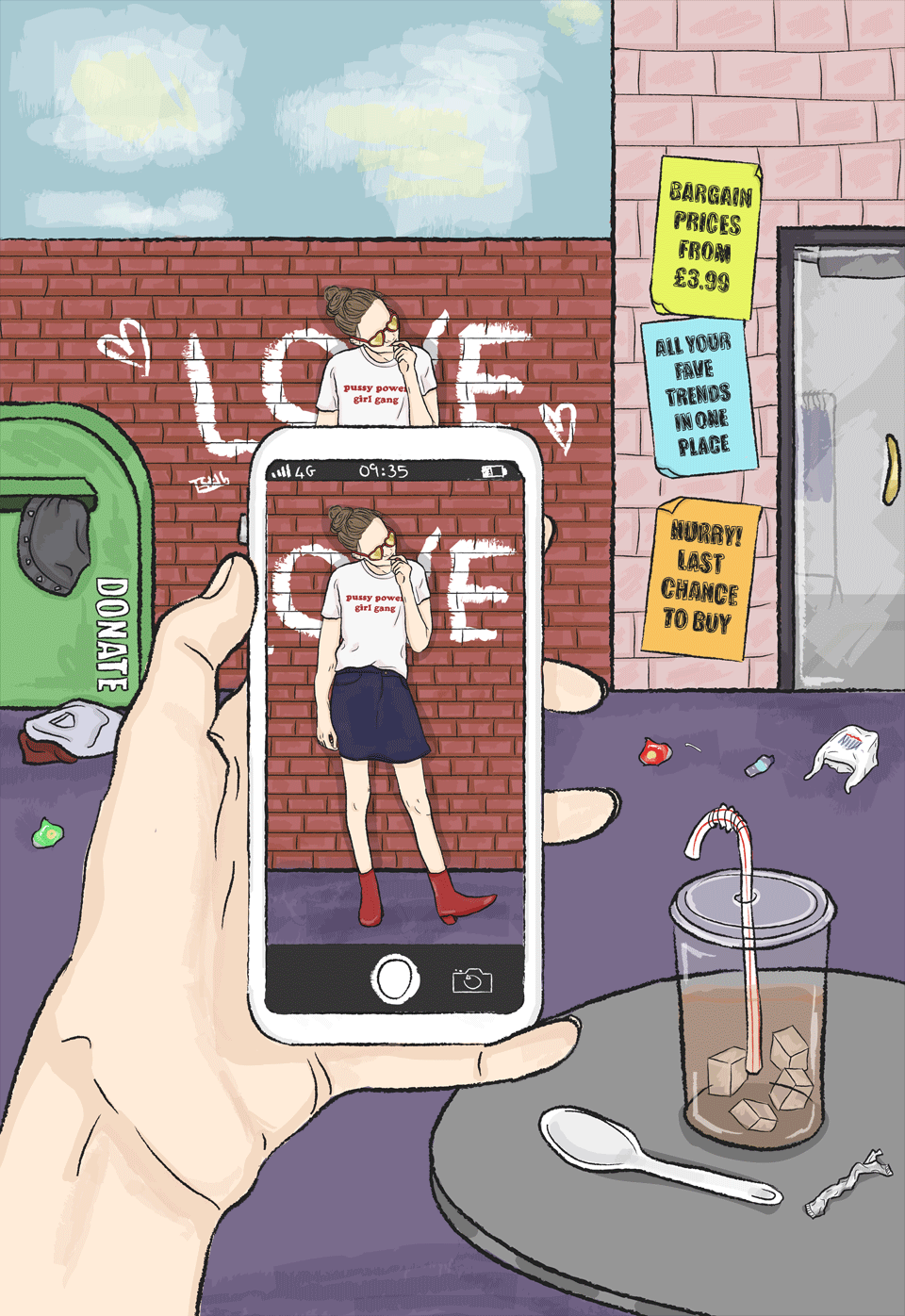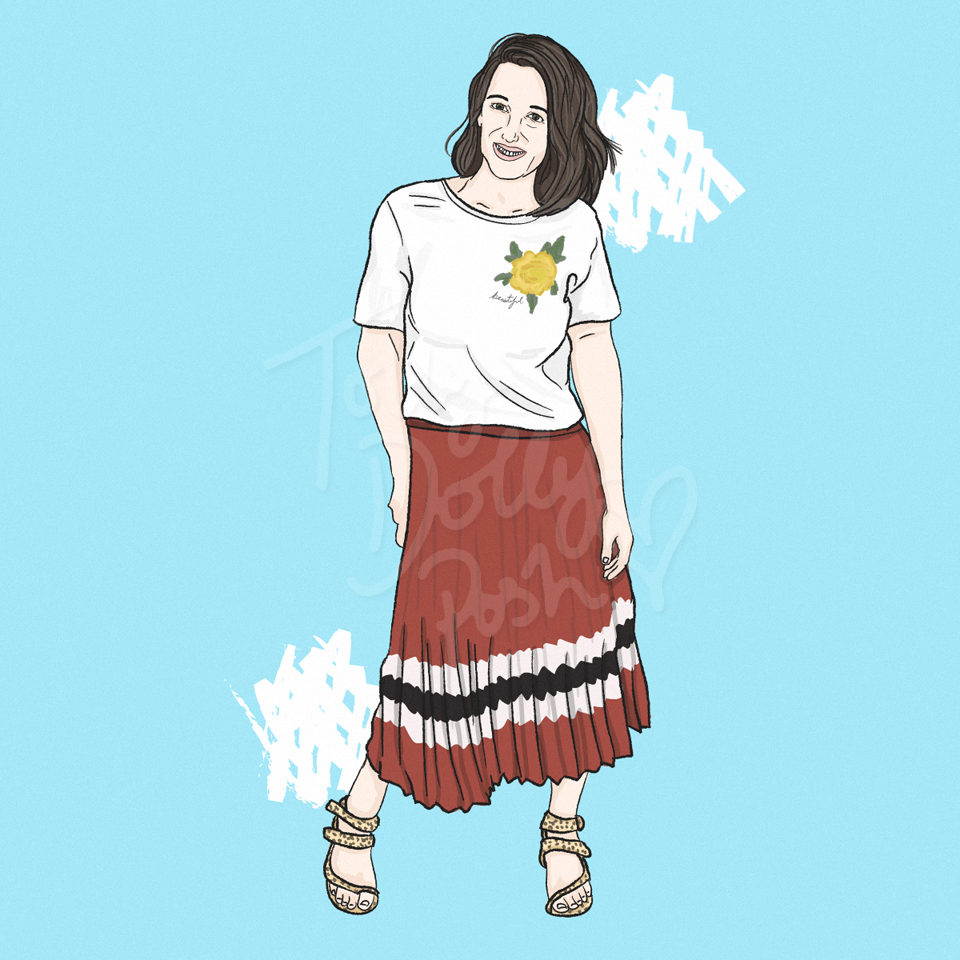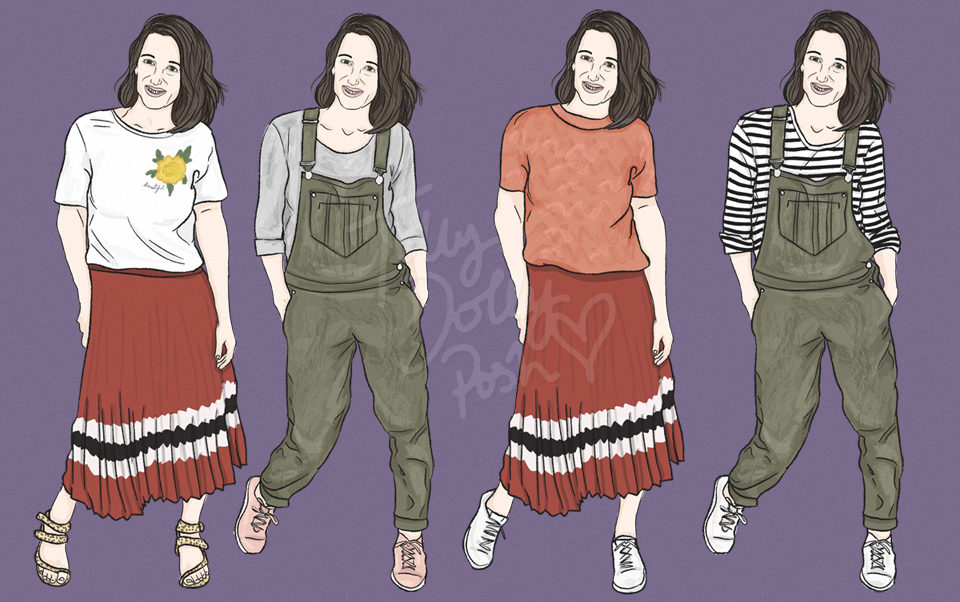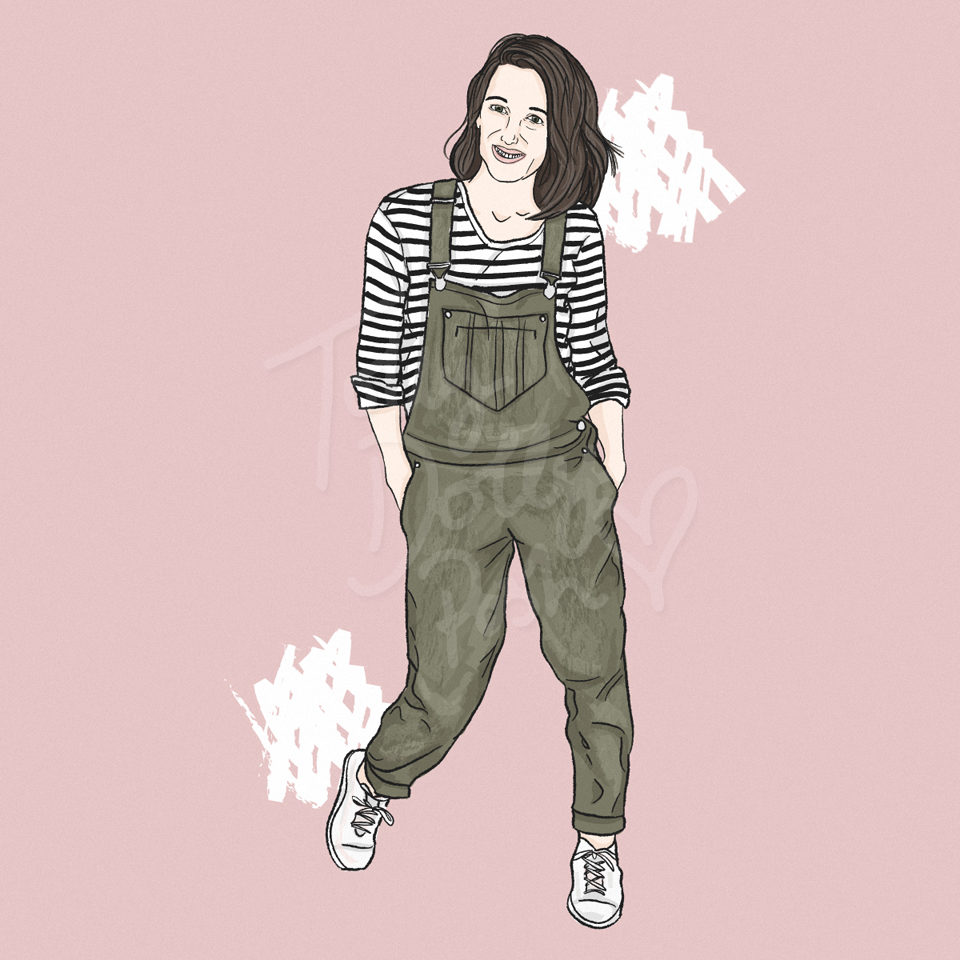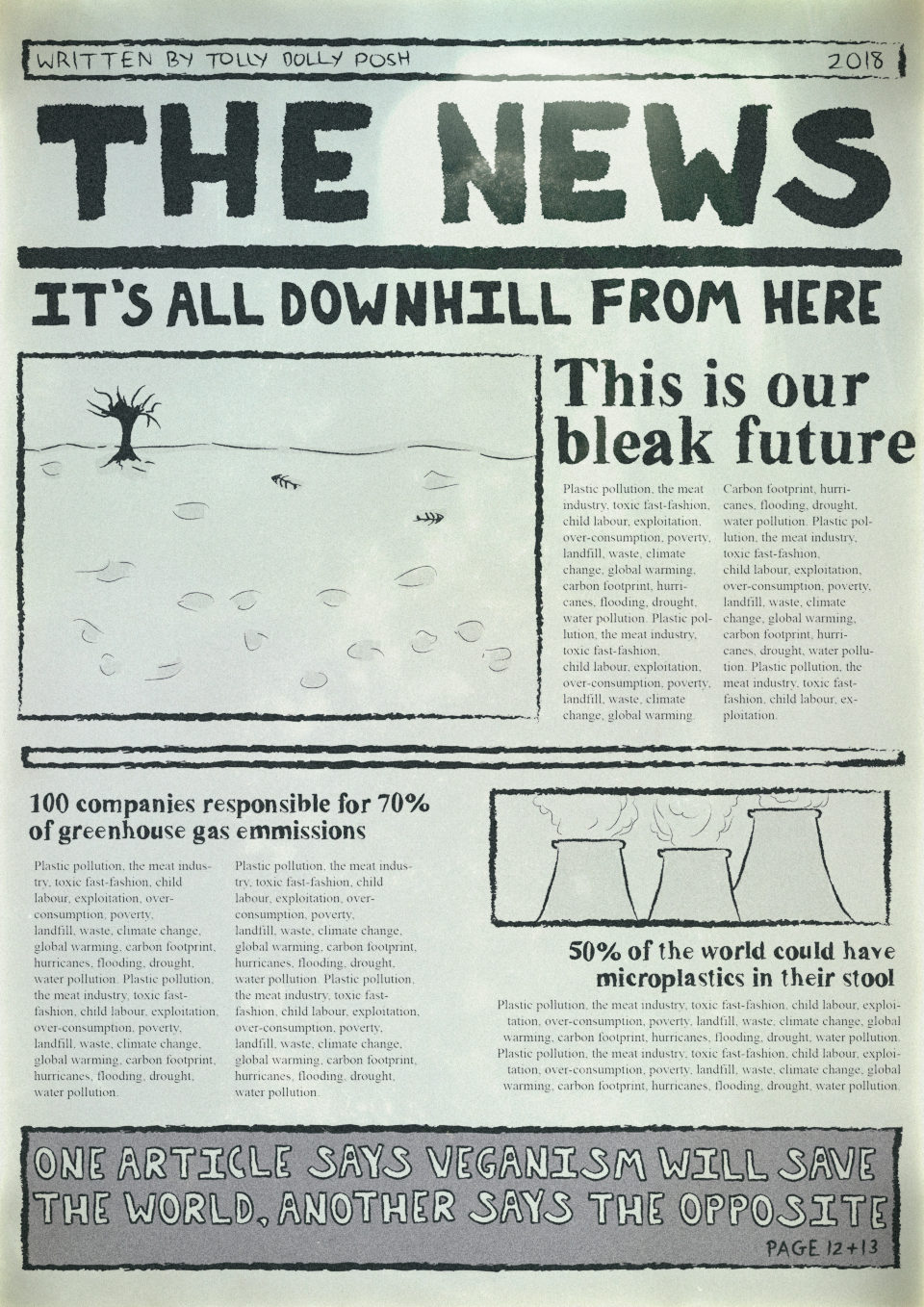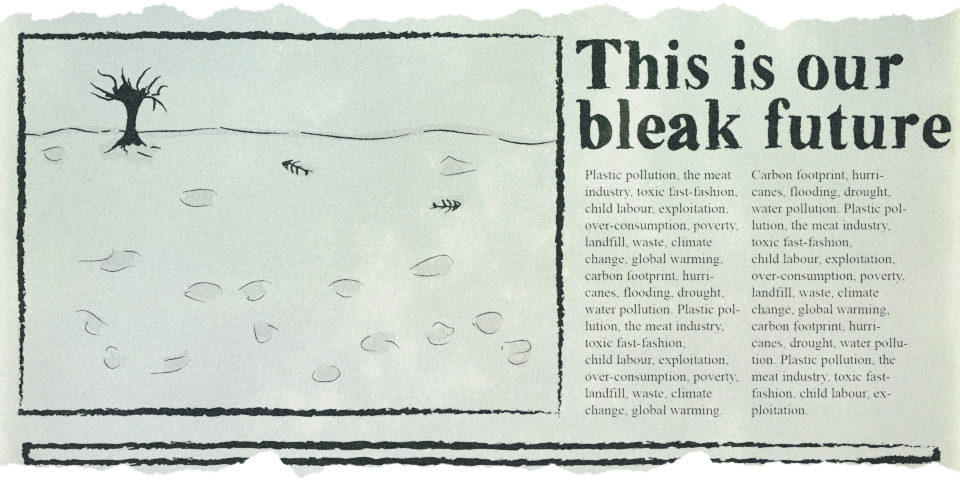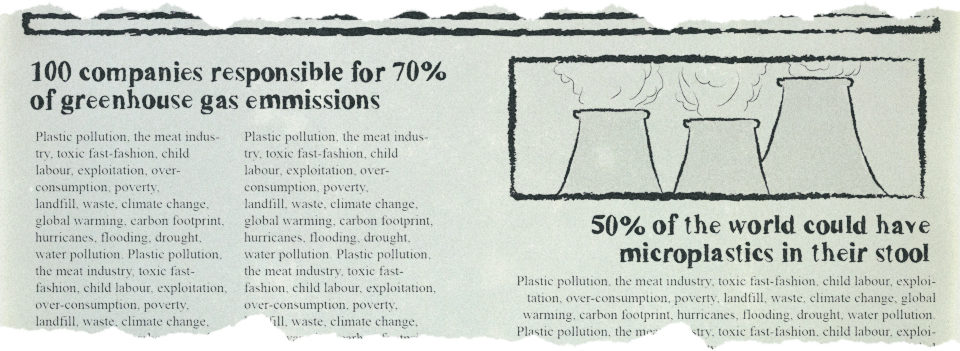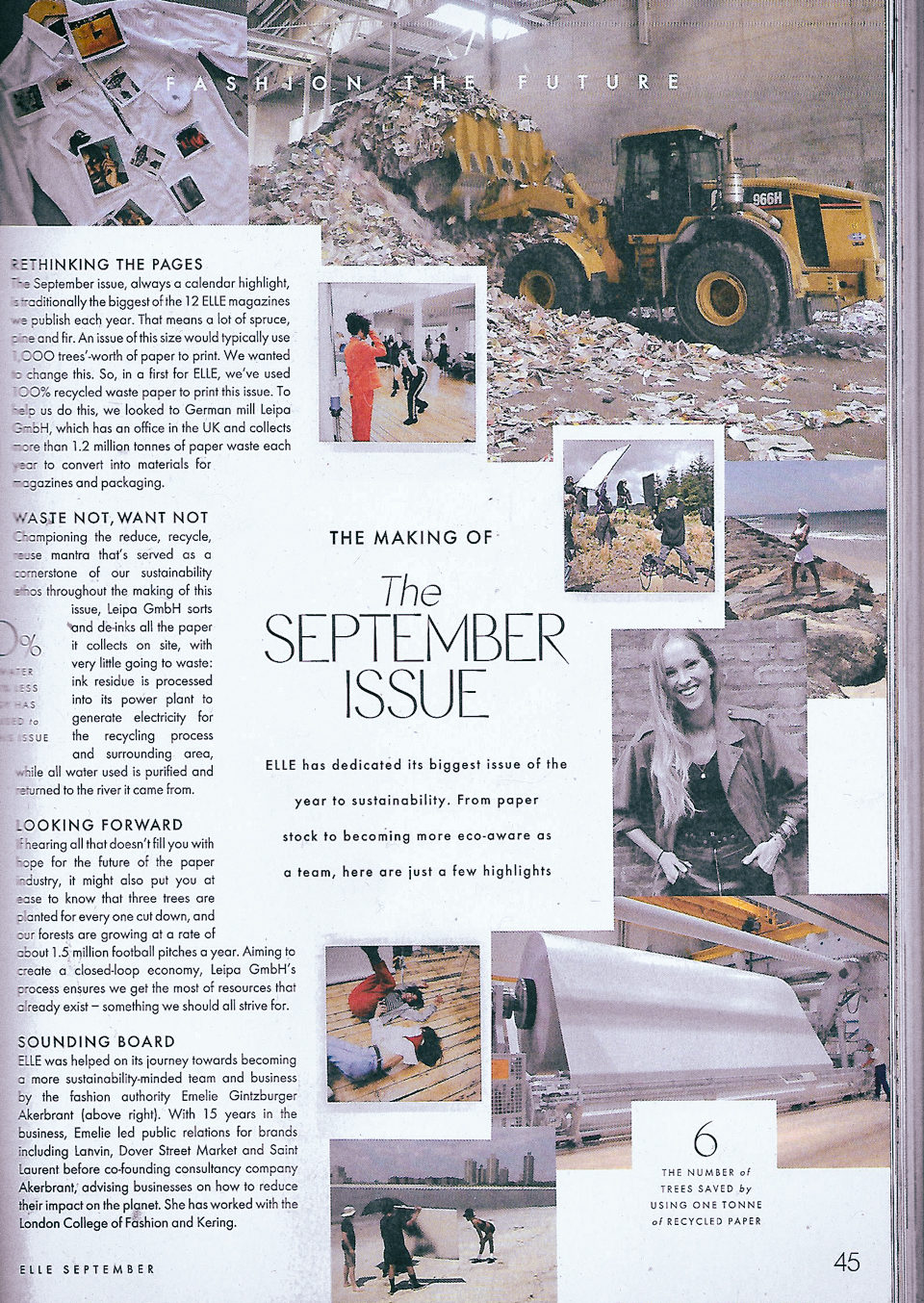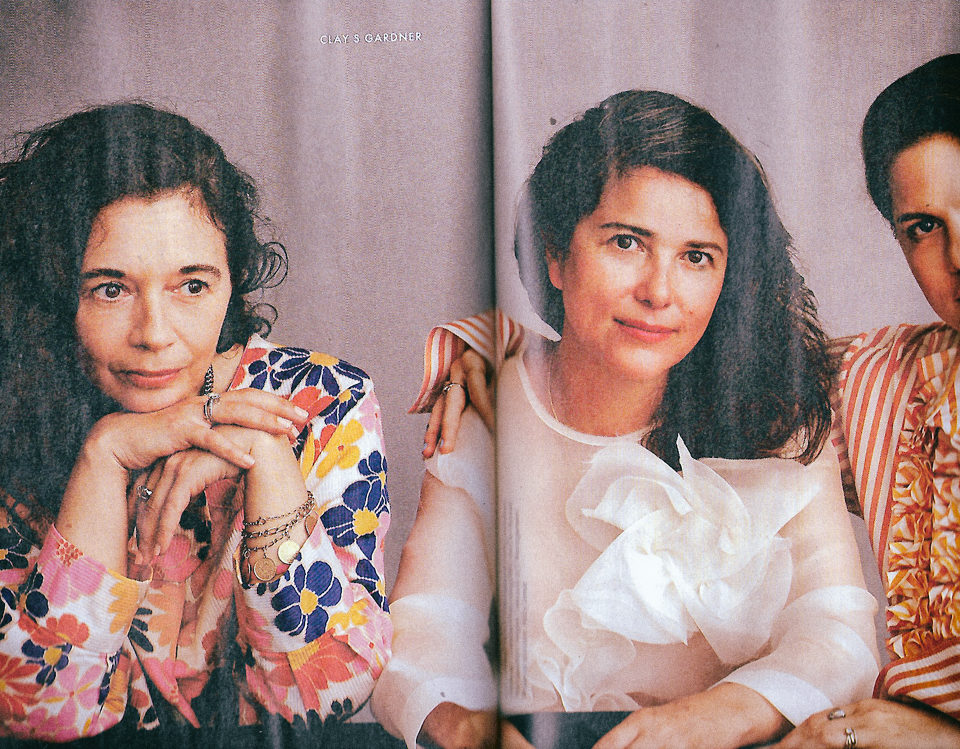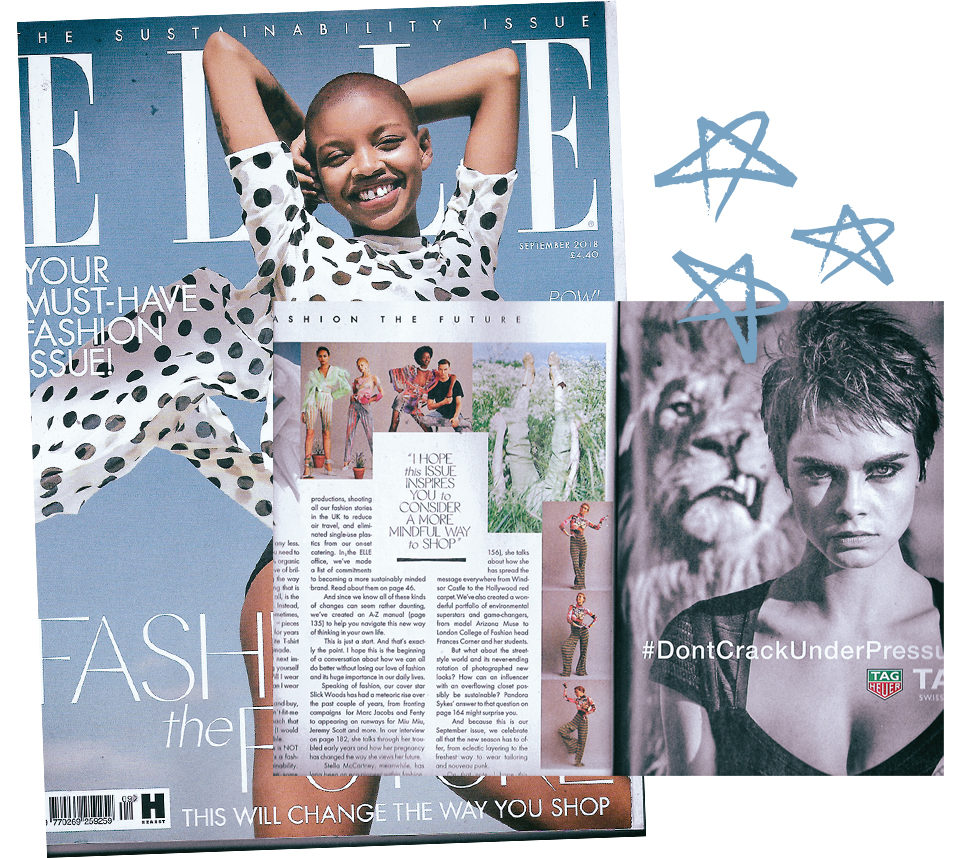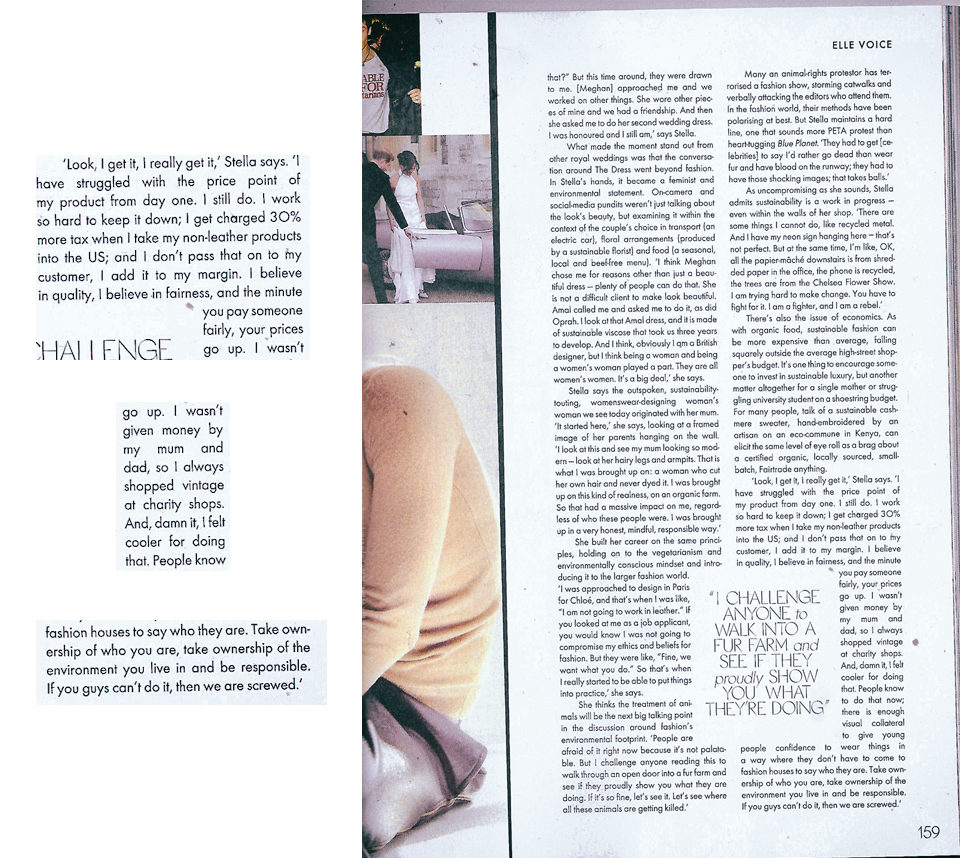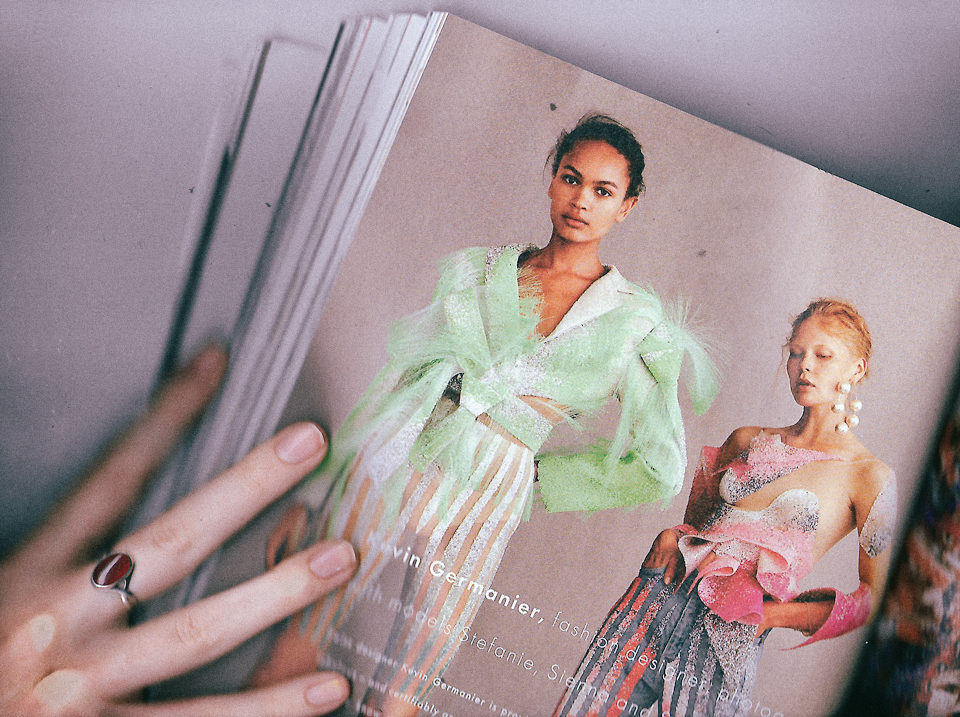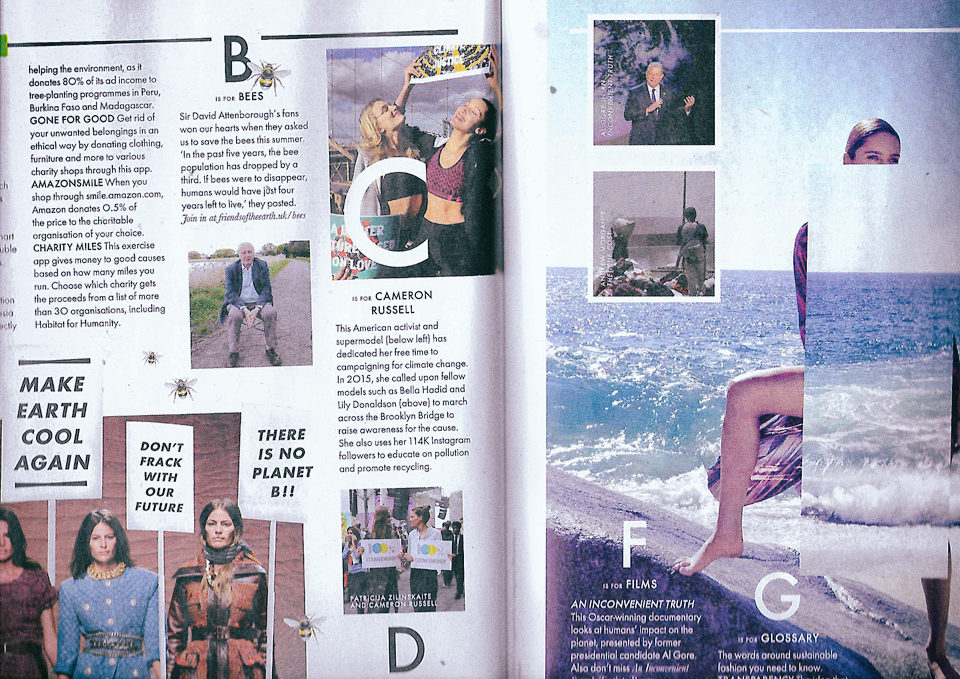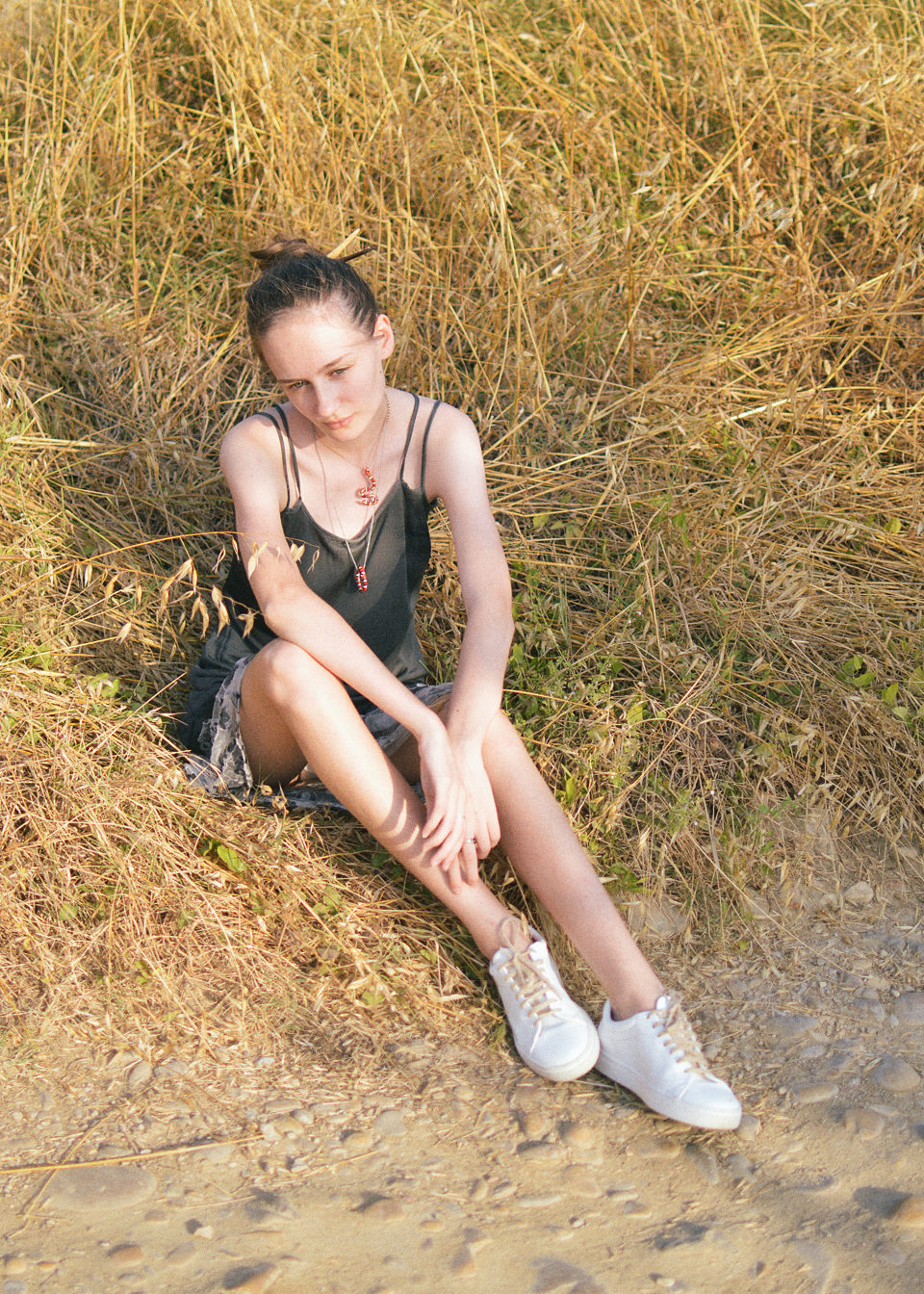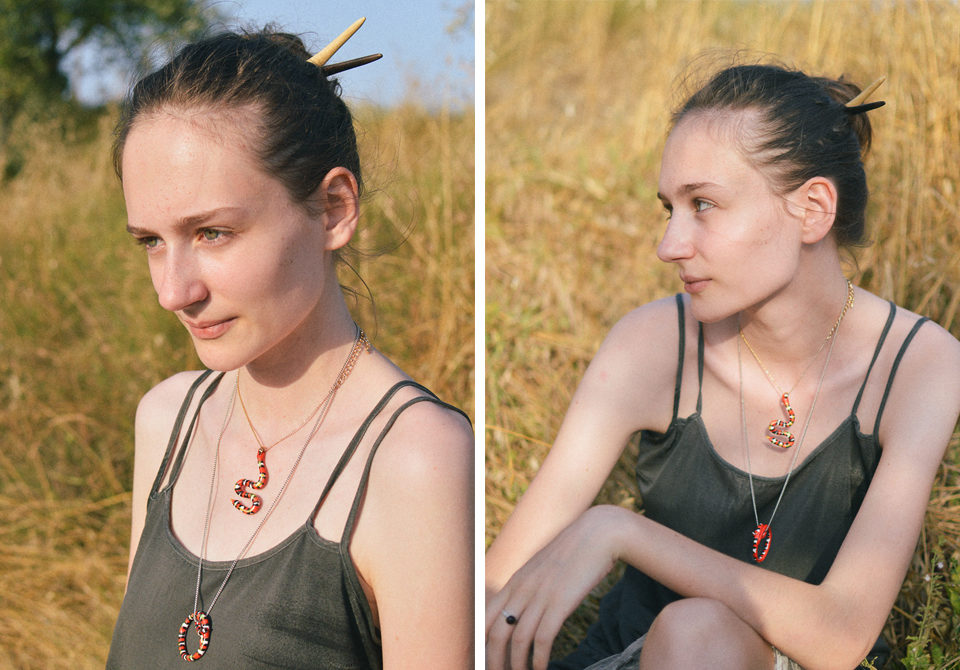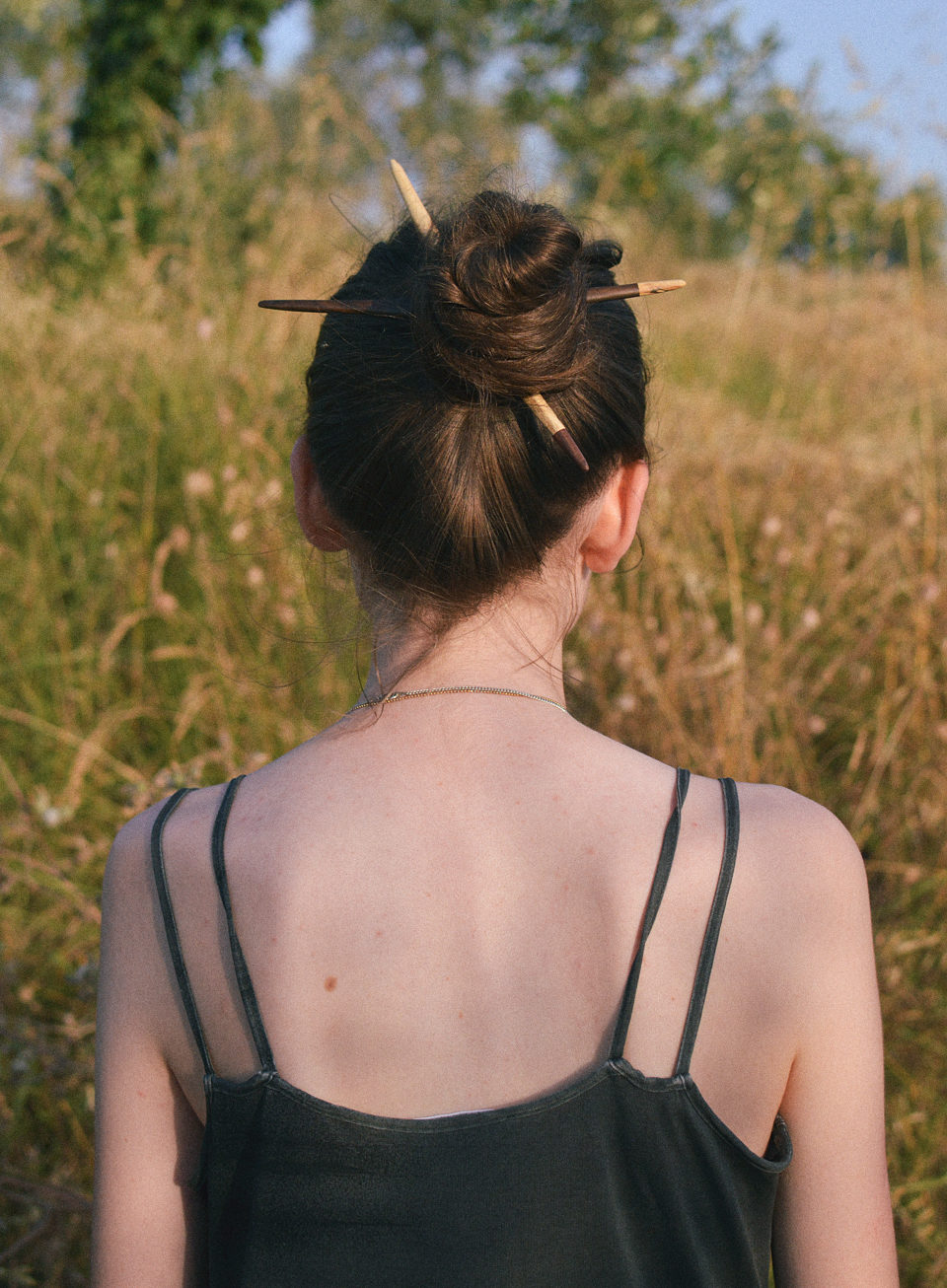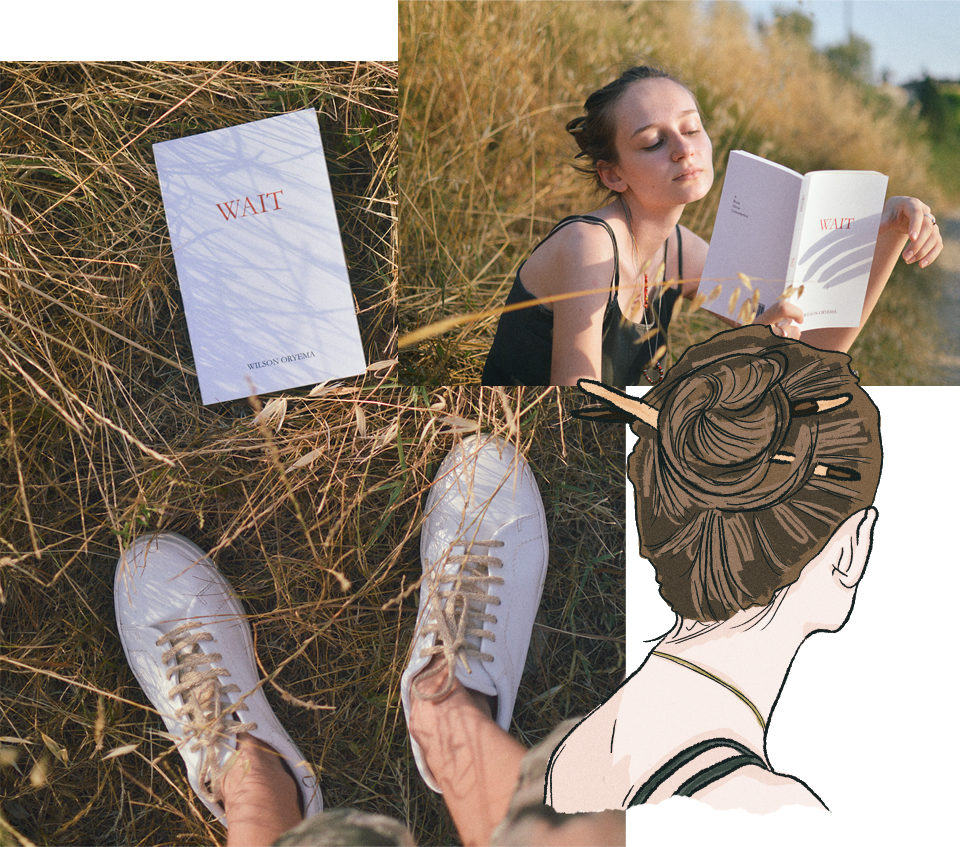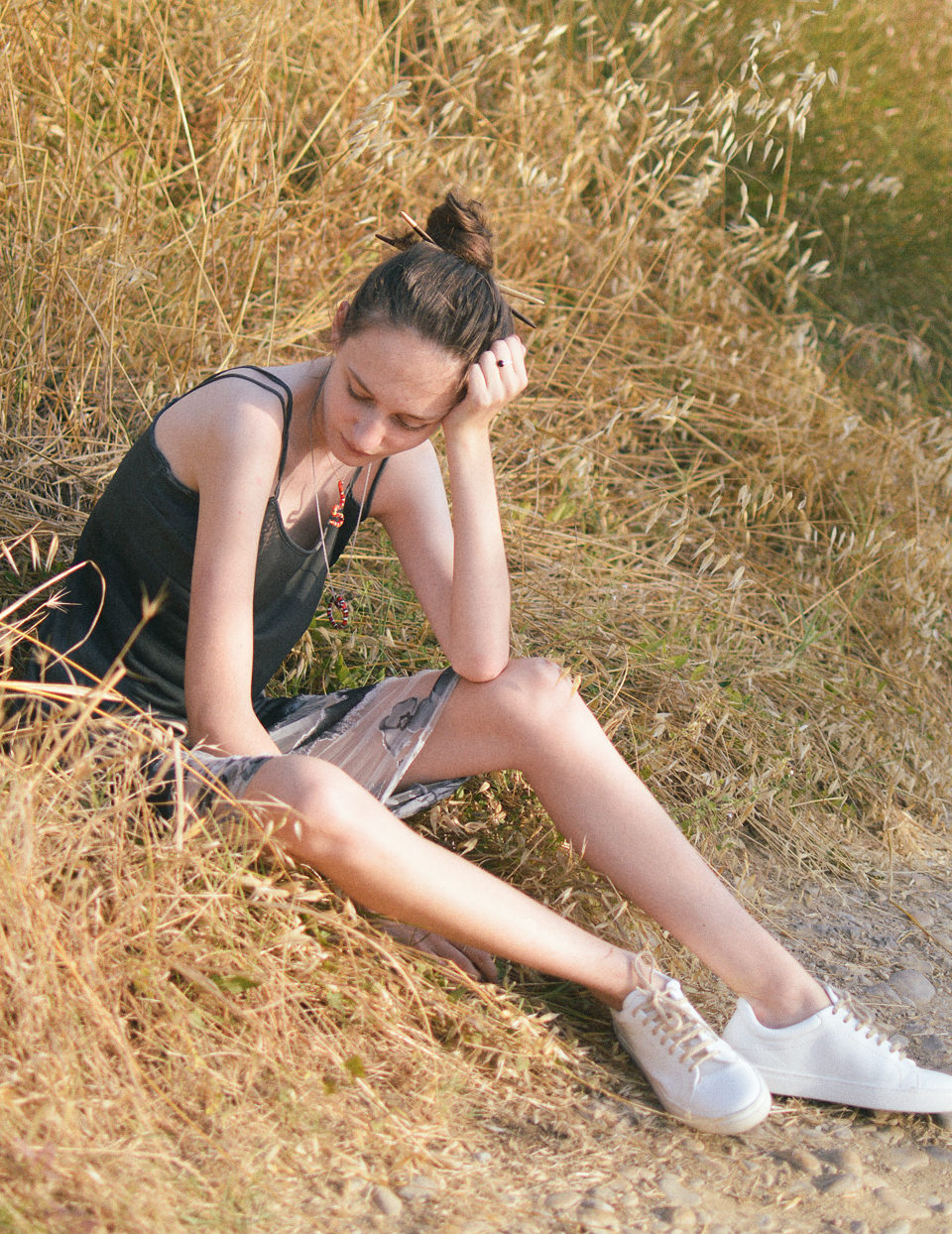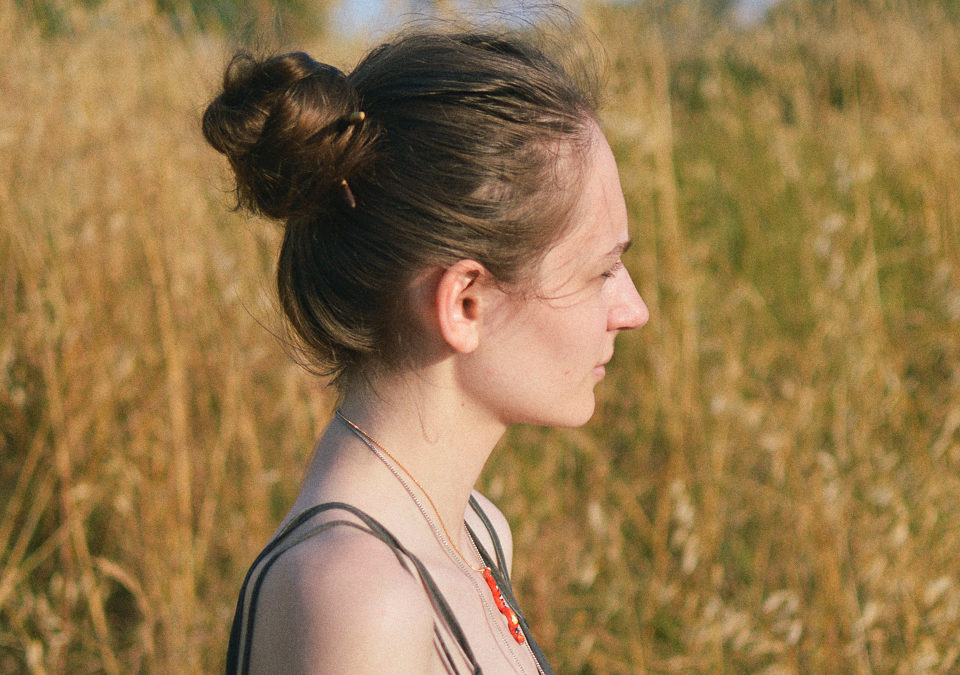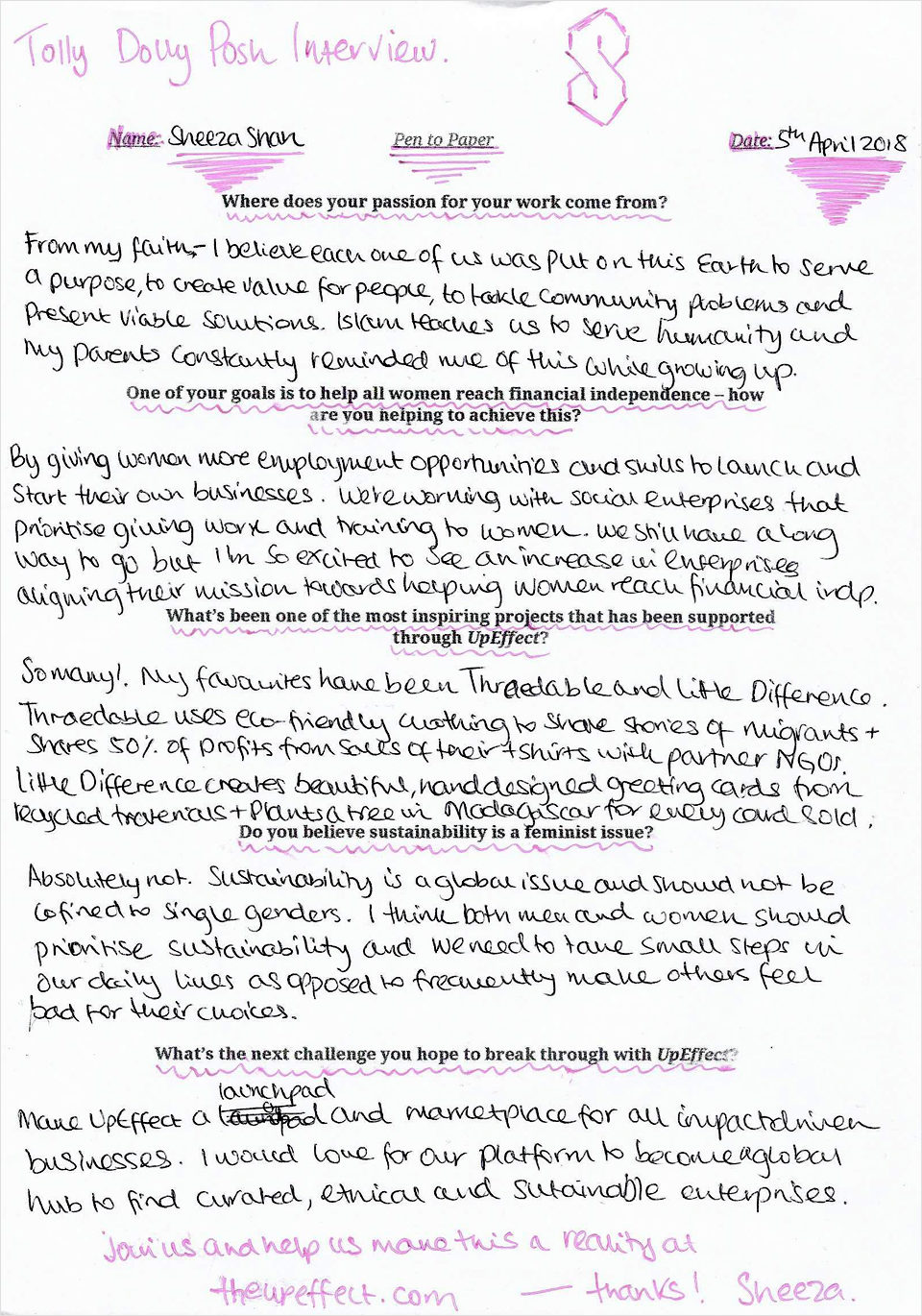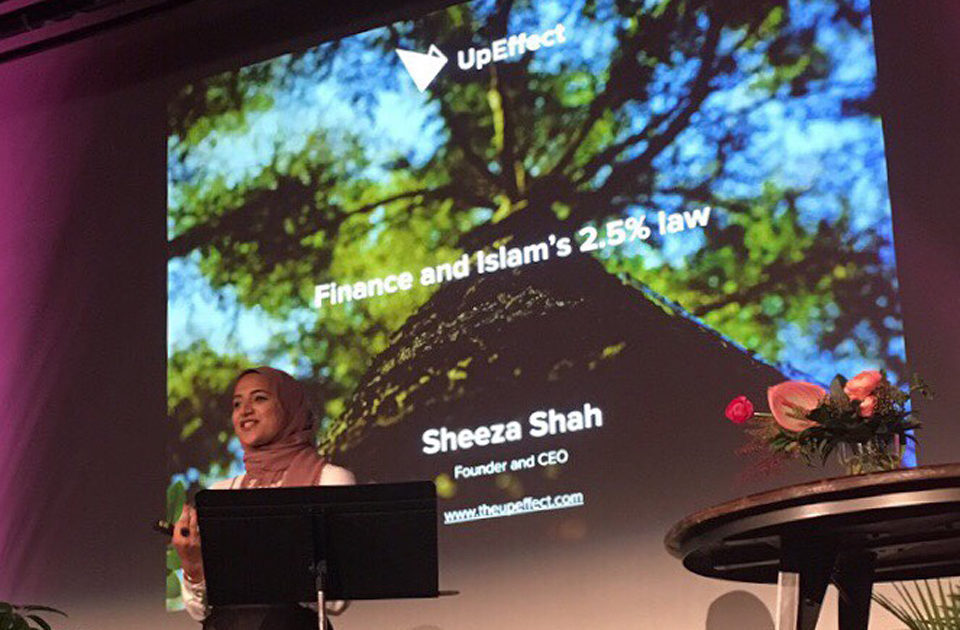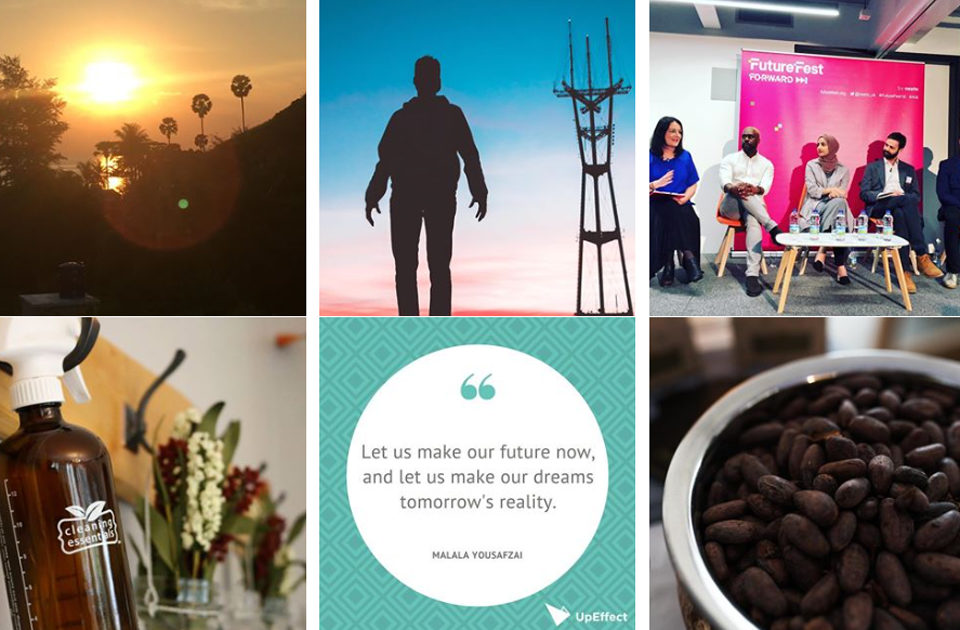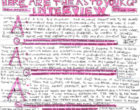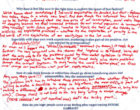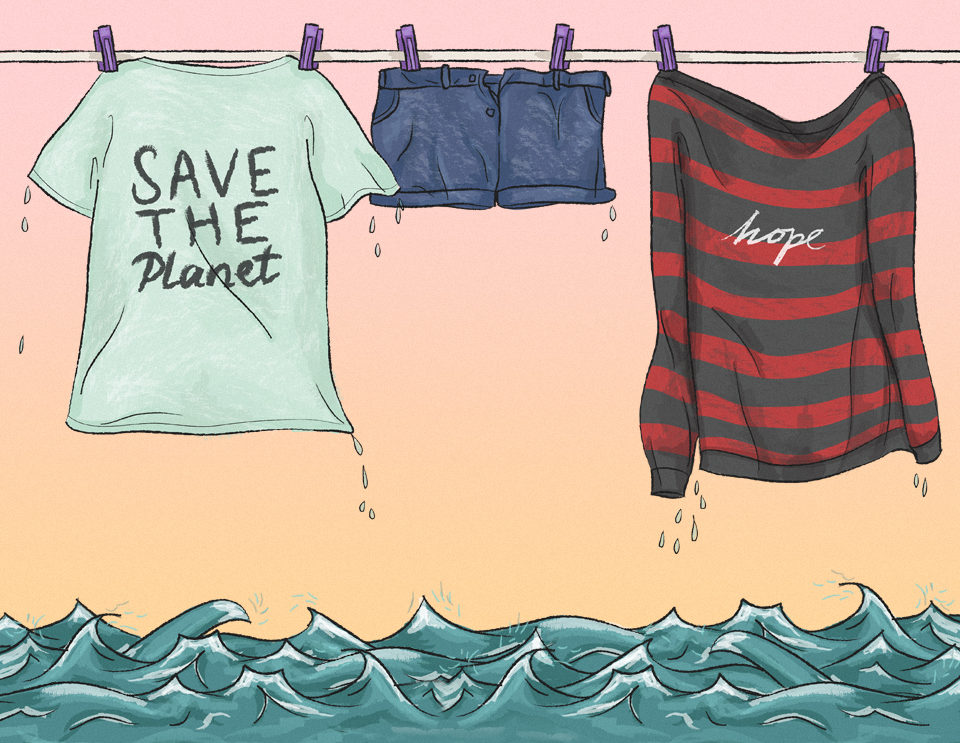As the end of the year (and the decade) draws to a close, I thought I would round things off by answering some questions I’ve received lately. The end of this year has been one of work, activism and personal-related growth which explains the lack of longer-form content I’ve managed to publish as of late. 2019 has been a big one, so, let’s talk about it…
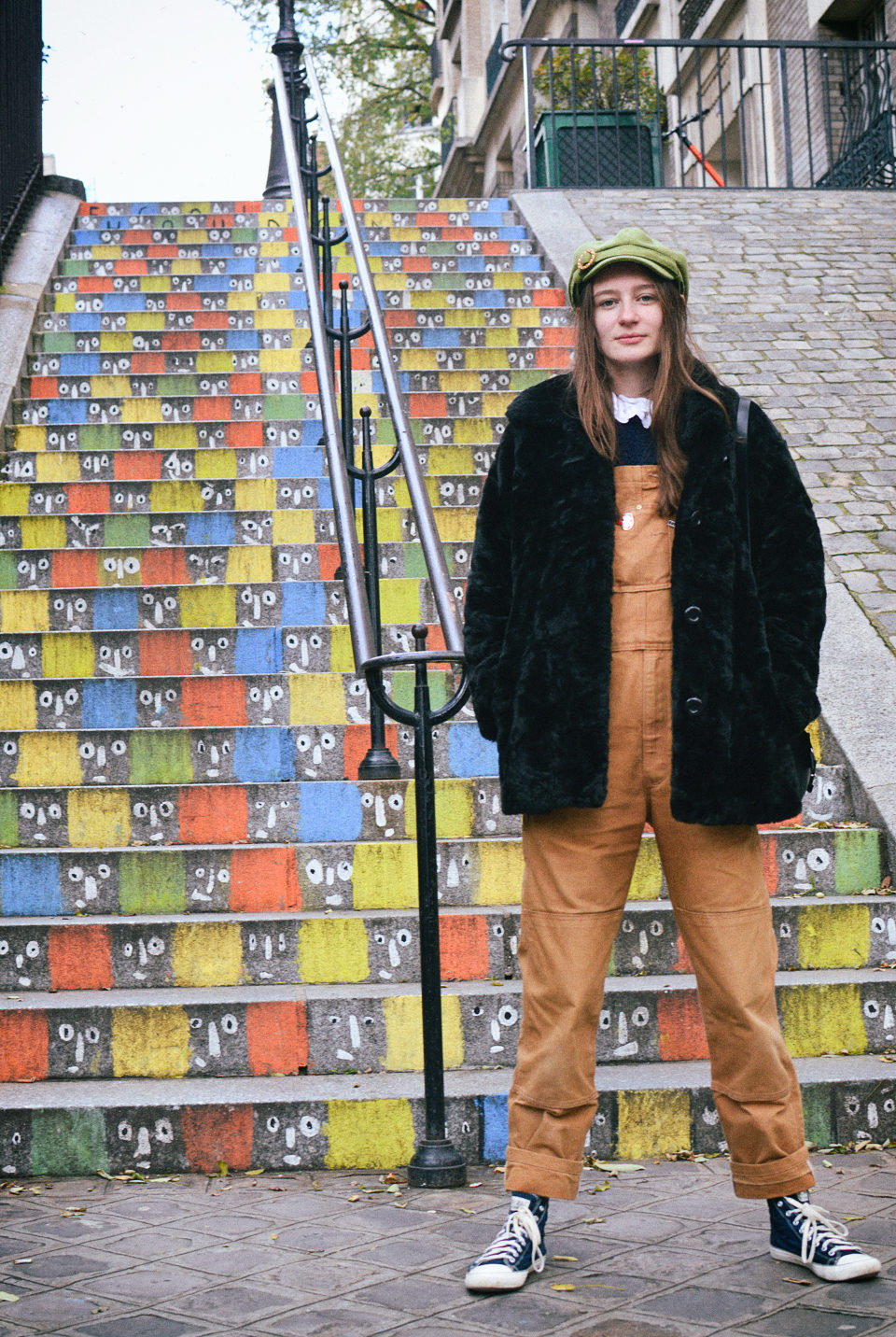
WHAT I WORE: Faux Fur Coat (Jumble sale – old) // Carhartt Dungarees (Depop) // Ruffle Blouse (Vintage Kilo Sale) // Teddy Jumper (Old) // Butterfly Sneakers (PO-ZU)* // Hat (Hand-me-down)
What are you most proud of this year?
My confidence. At the beginning of the year, I was only just starting to tip my toe into the waters of public speaking, attending events and taking part in direct forms of activism. I remember being extremely nervous to take part in my first demo (which was about protecting the rights of garment workers in Bangladesh), so much so that I lost my appetite on the day.
Since then, I feel so much more at ease when it comes to speaking on panels or putting myself in vulnerable positions for the causes that are close to my heart. I’ve realised that I do know what I’m talking about and that the reason I’m invited to speak and have my voice is heard is that people believe in my work and trust my point of view.
It’s been a huge lesson in the fact that practice makes (almost) perfect. The more you push yourself to do something, the easier it becomes. Once you’ve pushed past that initial barrier of anxiety and nerves, you won’t have to go through it again.
It’s just been a very big year for me both personally and for my work. I’ve done more than I ever have before and that’s exactly what I wanted out of the year.

What started your interest in sustainability and climate change?
Although I may not have answered this question directly on my blog before, I’ve answered it a dozen or more times this year in various interviews. The word ‘interest’ has started to baffle me though because shouldn’t we all have an interest in the climate? It’s about all of us, not just certain individuals who seem to have grasped the concept.
But to answer this question in more simple terms, my sustainable journey started in the aftermath of the Rana Plaza garment factory collapse when I watched The True Cost documentary for the first time. It was my lightbulb moment that started the line of questioning which has since led to me realising that we are facing a climate emergency and that big industry and those in power play a huge role in it.
Fashion will always be my main interest but in educating myself about one aspect of life, I have in turn realised the true scope of so many issues that are at play.
What’s inspiring you right now?
As much as I’ve spoken about how we need to move away from relying on youth activists and praising them rather than acting on their words, I have to say that the clear cut, no-nonsense attitudes of people my age and younger is just so incredibly refreshing. We will not take inaction and we will not stand for injustice.
For as long as I know there are these strong, powerful voices from people who are sticking to their guns and not taking half-hearted commitments from those who can enact real change, I will feel supported and motivated to keep going.
I’ve also been inspired by fellow digital artists who are using their talents to spread information in creative ways, such as the duo from Adapt and collectives such as No Planet No Fun. The #ProtestByDesign hashtag has also been really enjoyable to follow.
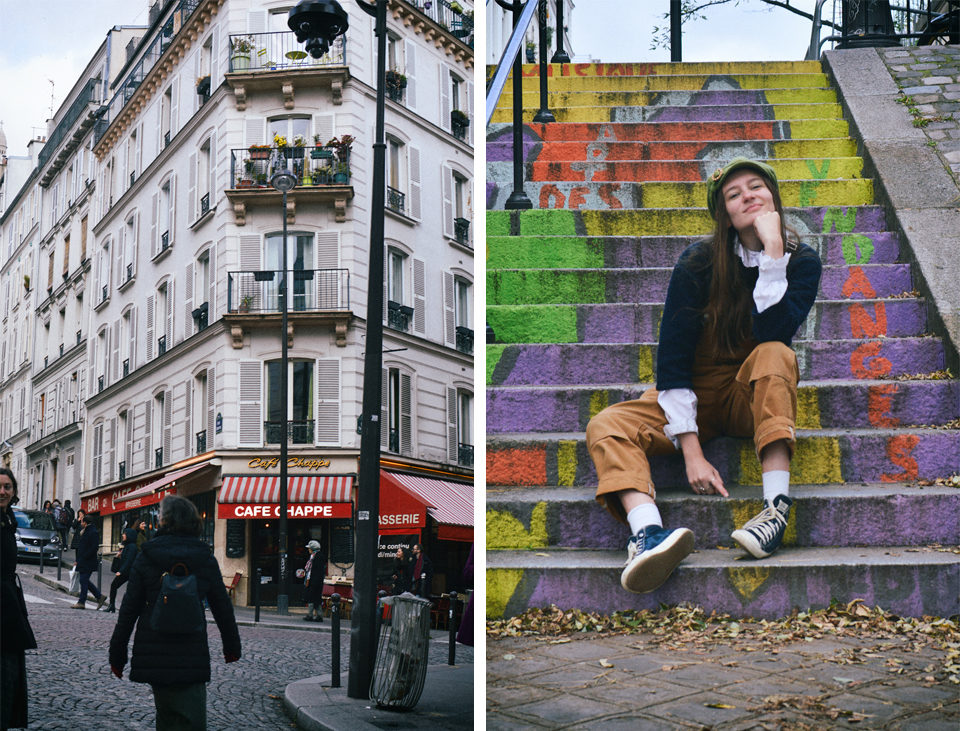
![]()
LOCATION: Paris, France 🇫🇷
How did you become an activist and get such a big platform?
I think I became an activist accidentally. I suppose before participating in any form of direct action, I would have described or seen myself as an advocate for certain issues but the activist label never felt right until I was on the streets and actually practising what I was preaching.
It feels like the right term for me, especially as somebody with an online presence because I often get categorised as an influencer and I’ve always been unsure about what that means. I don’t want it to implicate that I’m selling products constantly and that my platforms are like billboards; I want people to know that I’m doing a lot more than just tweeting links to petitions and reposting news articles.
In terms of having a ‘big platform’, I have the past year and a half to thank as I’ve seen the biggest amount of growth in the shortest space of time. I’ve been fortunate enough to have received some incredible features and interviews from various publications and platforms which have enabled many more new people to discover me.
I also think there’s a growing need from social media users to find the types of people who align with their values and who are able to easily educate them on a relatable level and that’s exactly what I’m aiming to do.
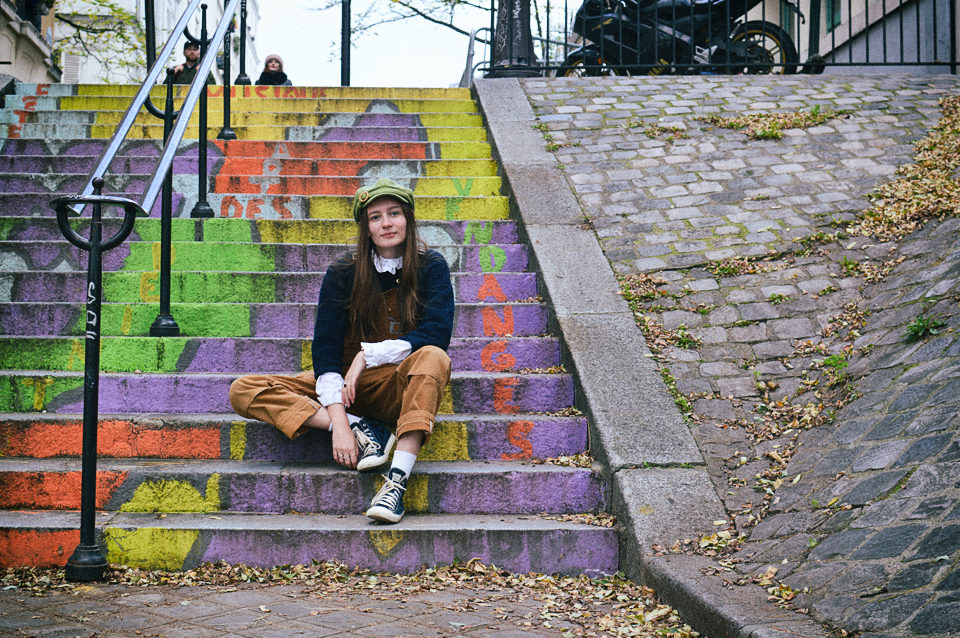
Do you have plans for 2020?
I’m officially a rent-paying individual so, I’m expecting a lot of my time will now be focused on generating an income as an artist! But at the same time as that, I want to continue going with the flow and learning as I go along. That’s one huge benefit to being self-employed; I’m not restricted which means I’m able to explore whatever avenues I want to.
I’ve been thinking about how I could start to use my knowledge as an activist to advise others and to ensure that the term ‘climate emergency’ isn’t used loosely and that change genuinely happens, no matter what it might look like. This is thanks to my experience of attending Climate Launch Pad in Amsterdam, which made me realise that my voice could be used in more ways than it already is.
In terms of solid plans? I’ve been confirmed as an ambassador for an upcoming event next summer alongside some other activists who I already love and admire, so, that’s something to look forward to.
If you have any more questions for me, my comments are always open for you to use…
Thank you for your continued support over this past year. Here’s to another which hopefully brings about the radical action we’re looking for…







